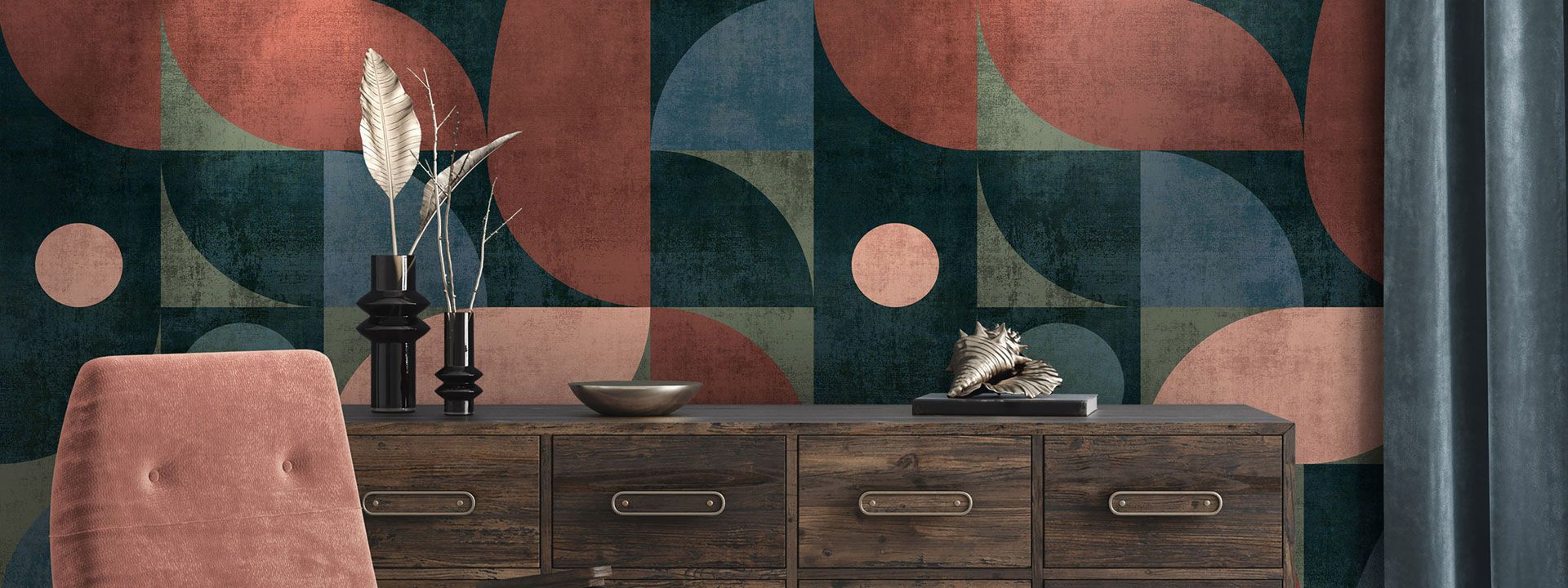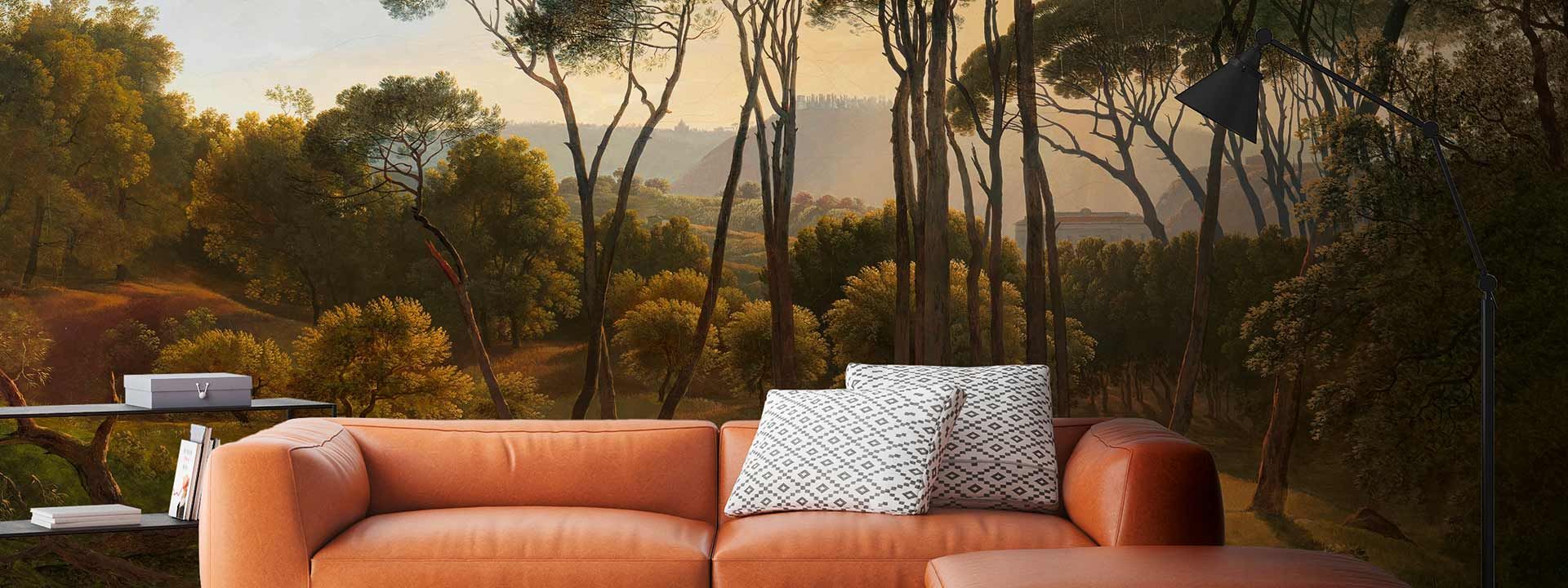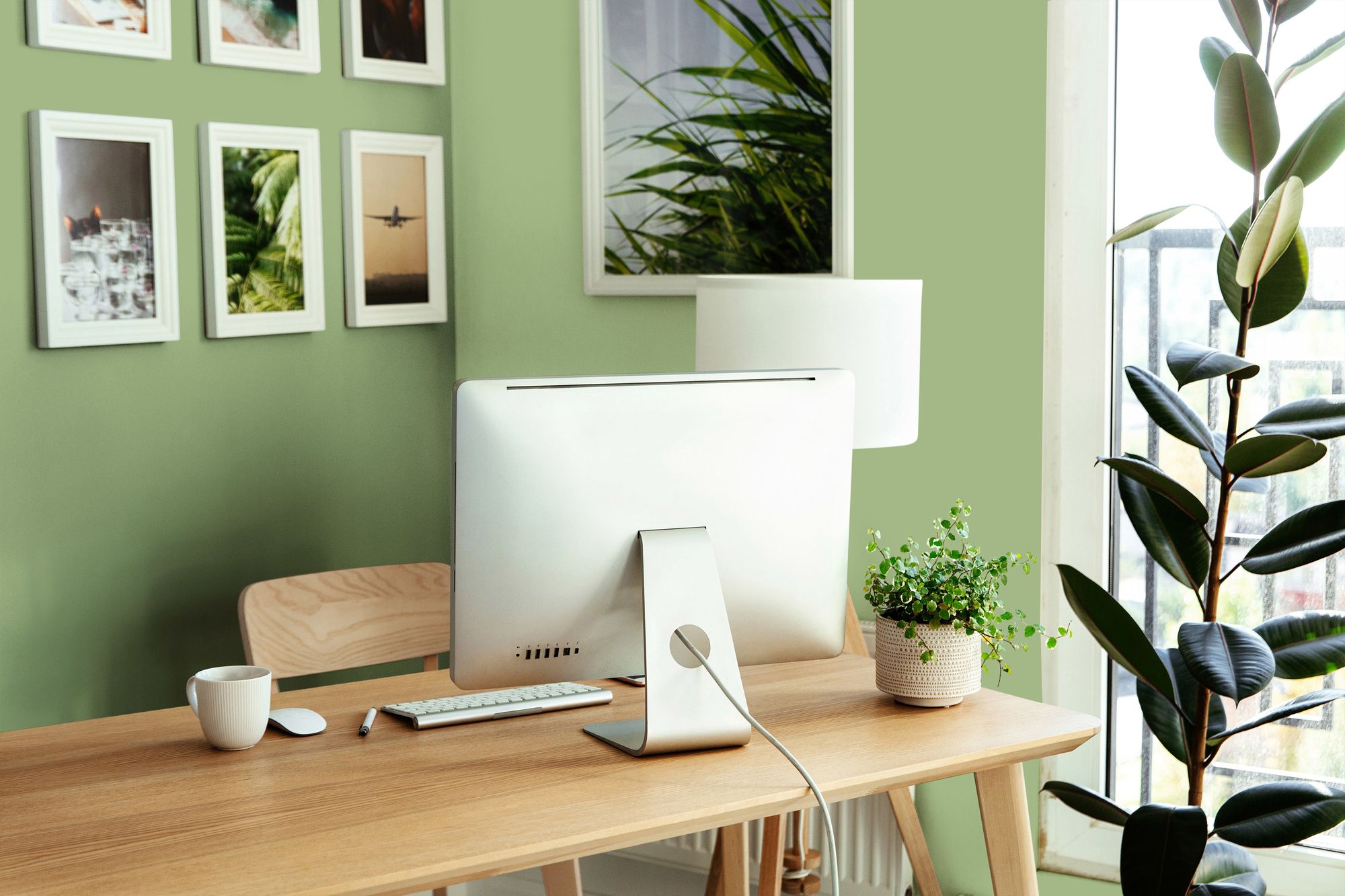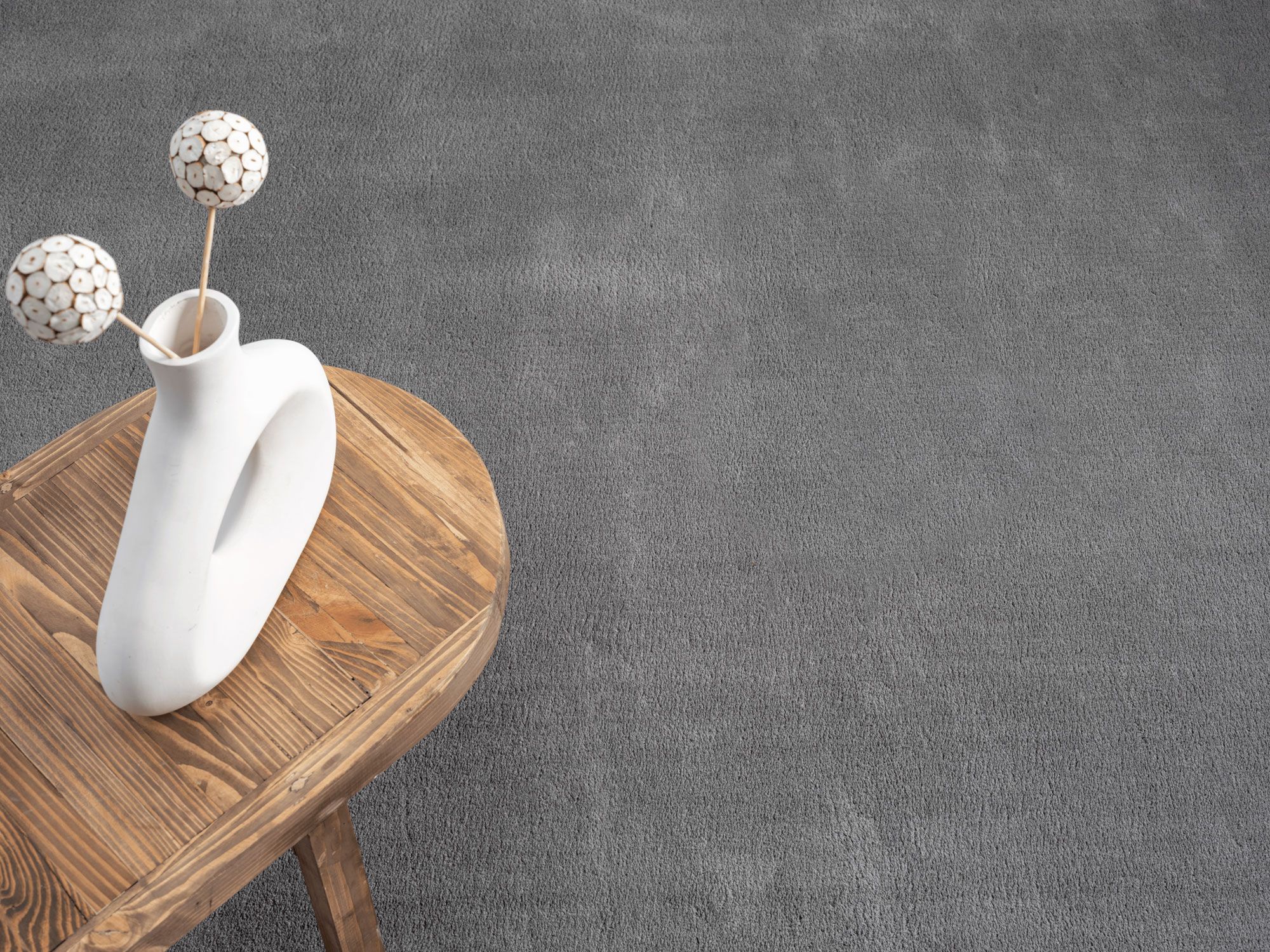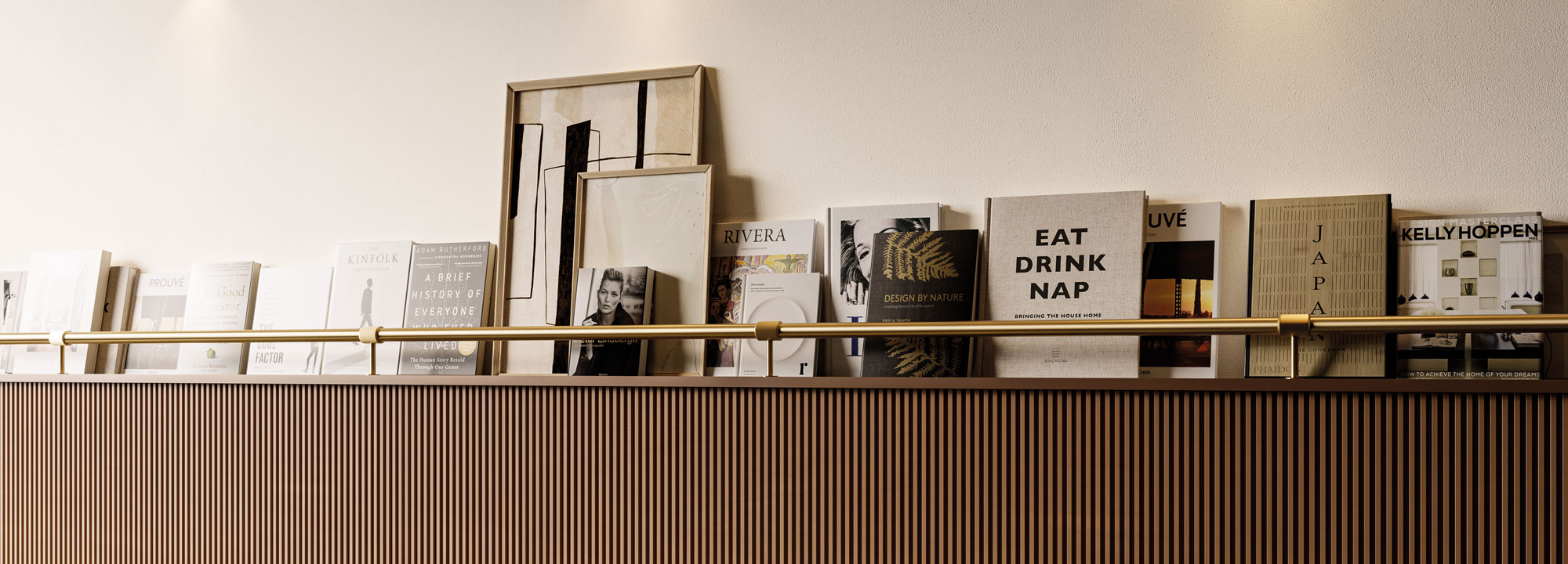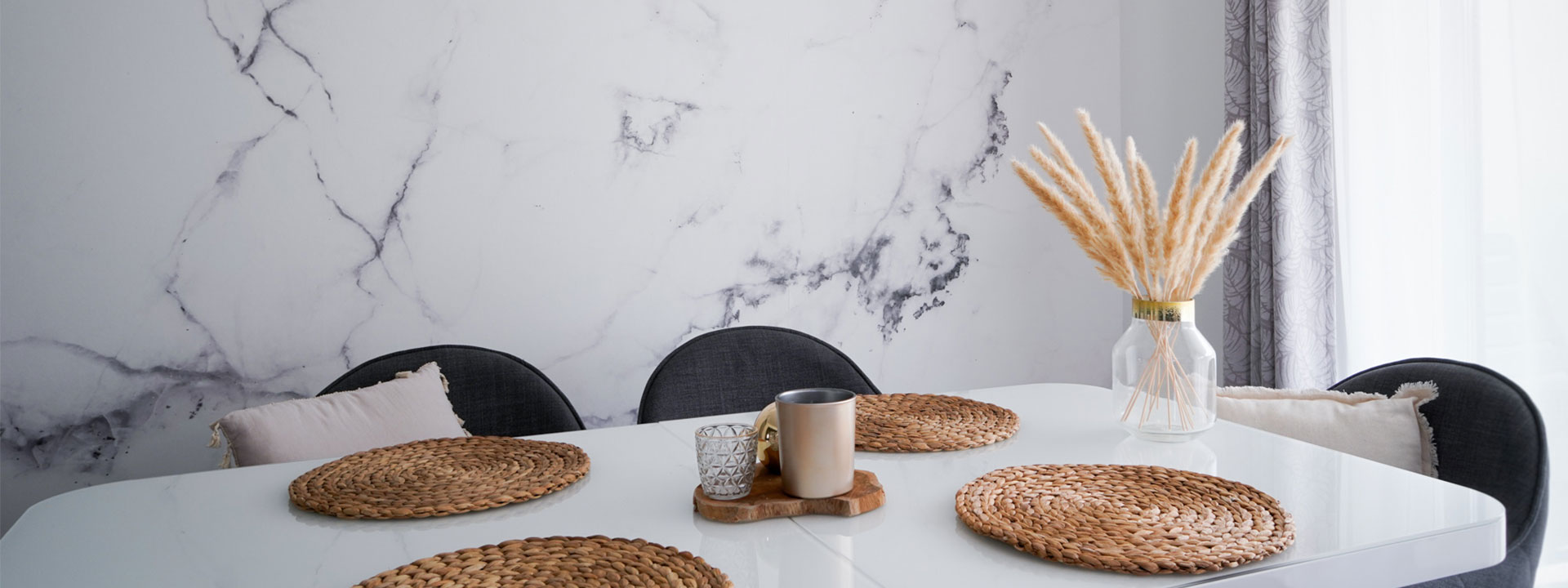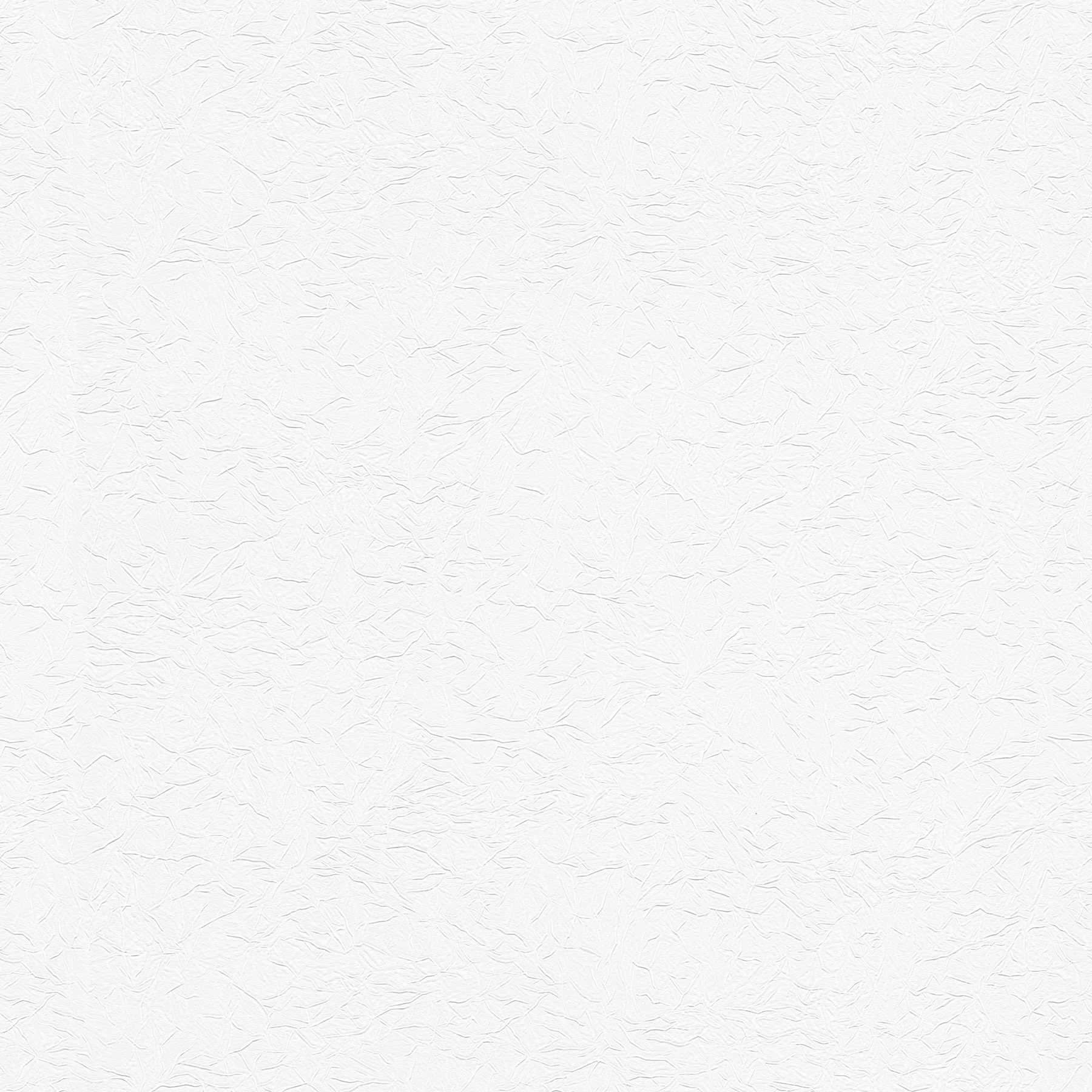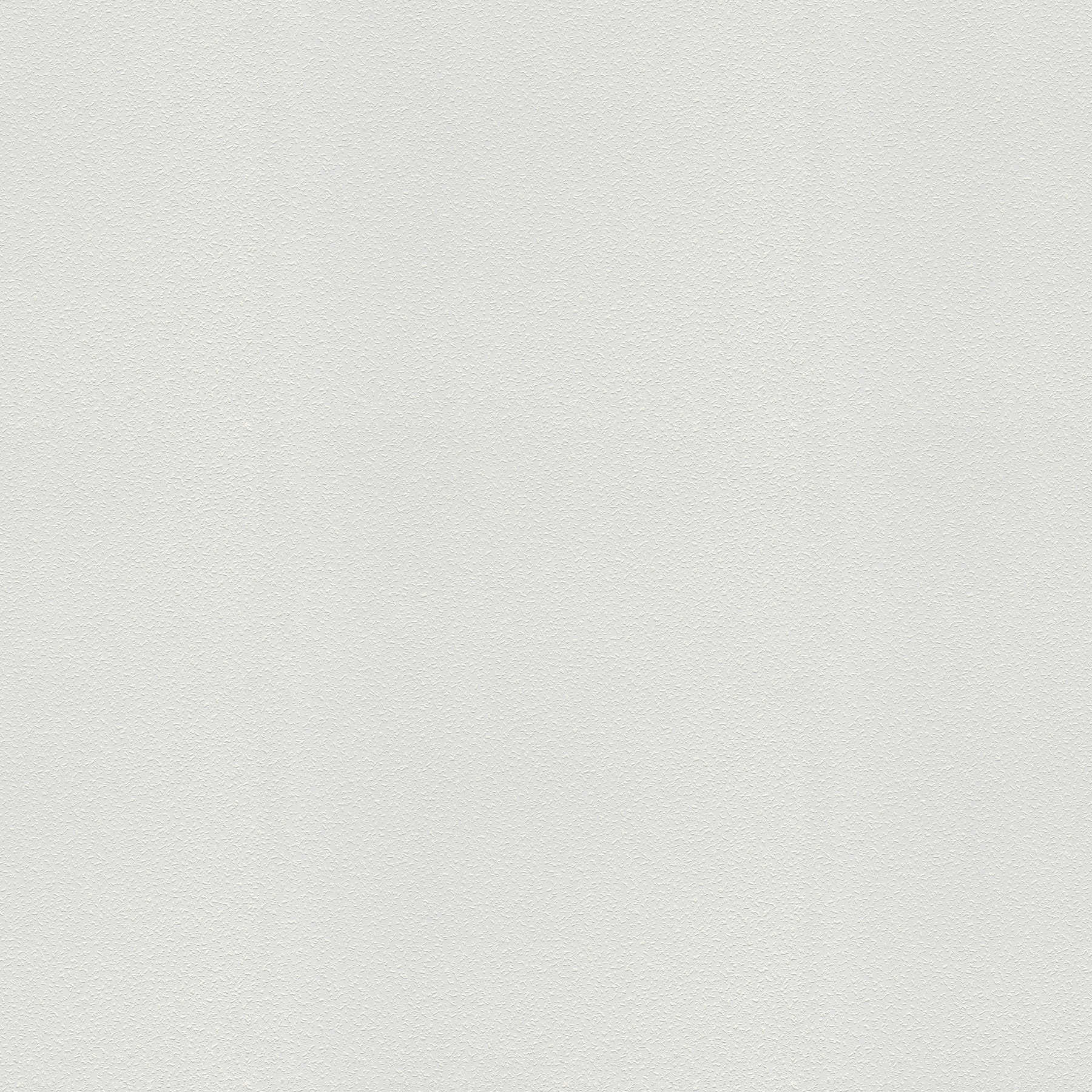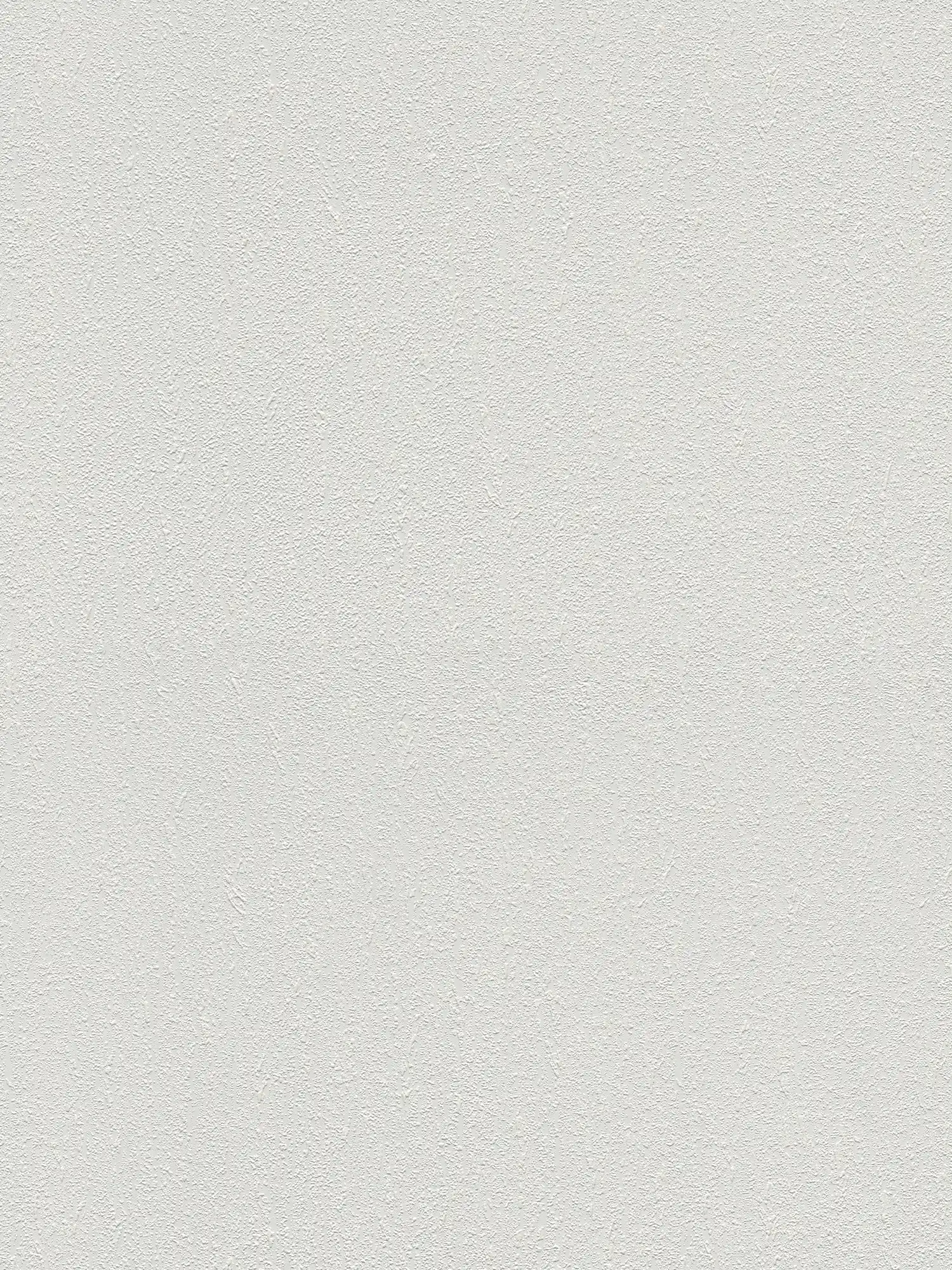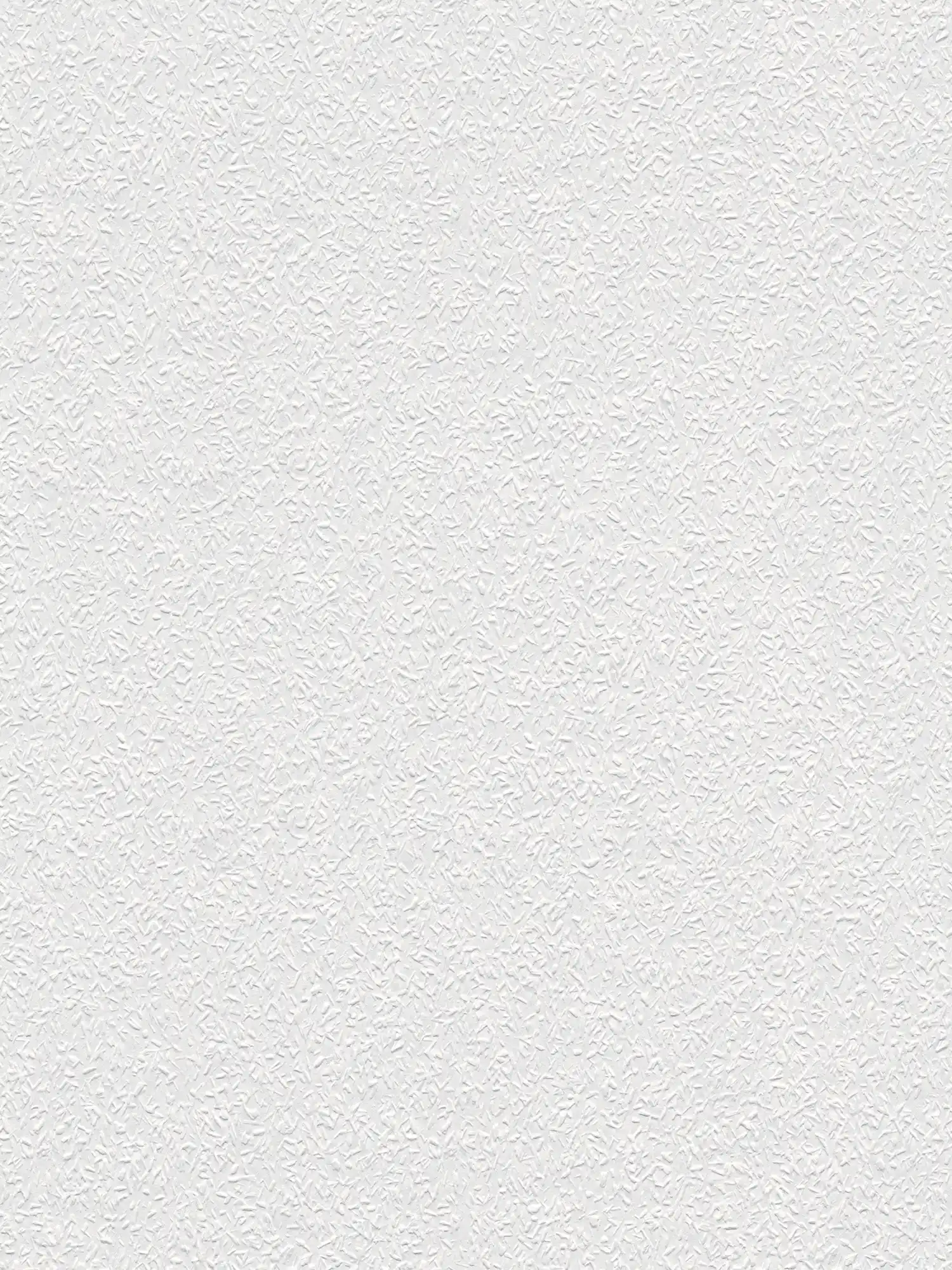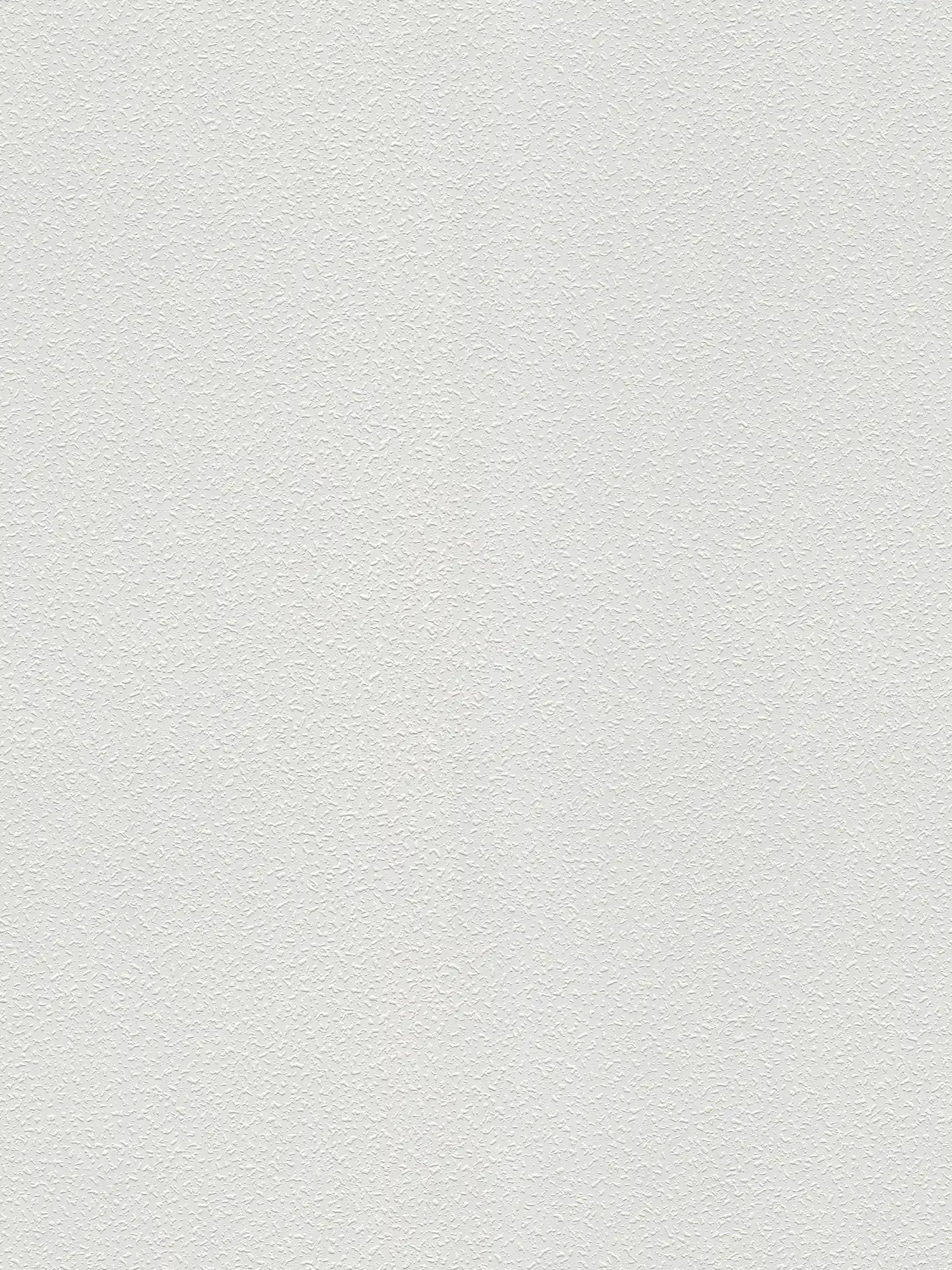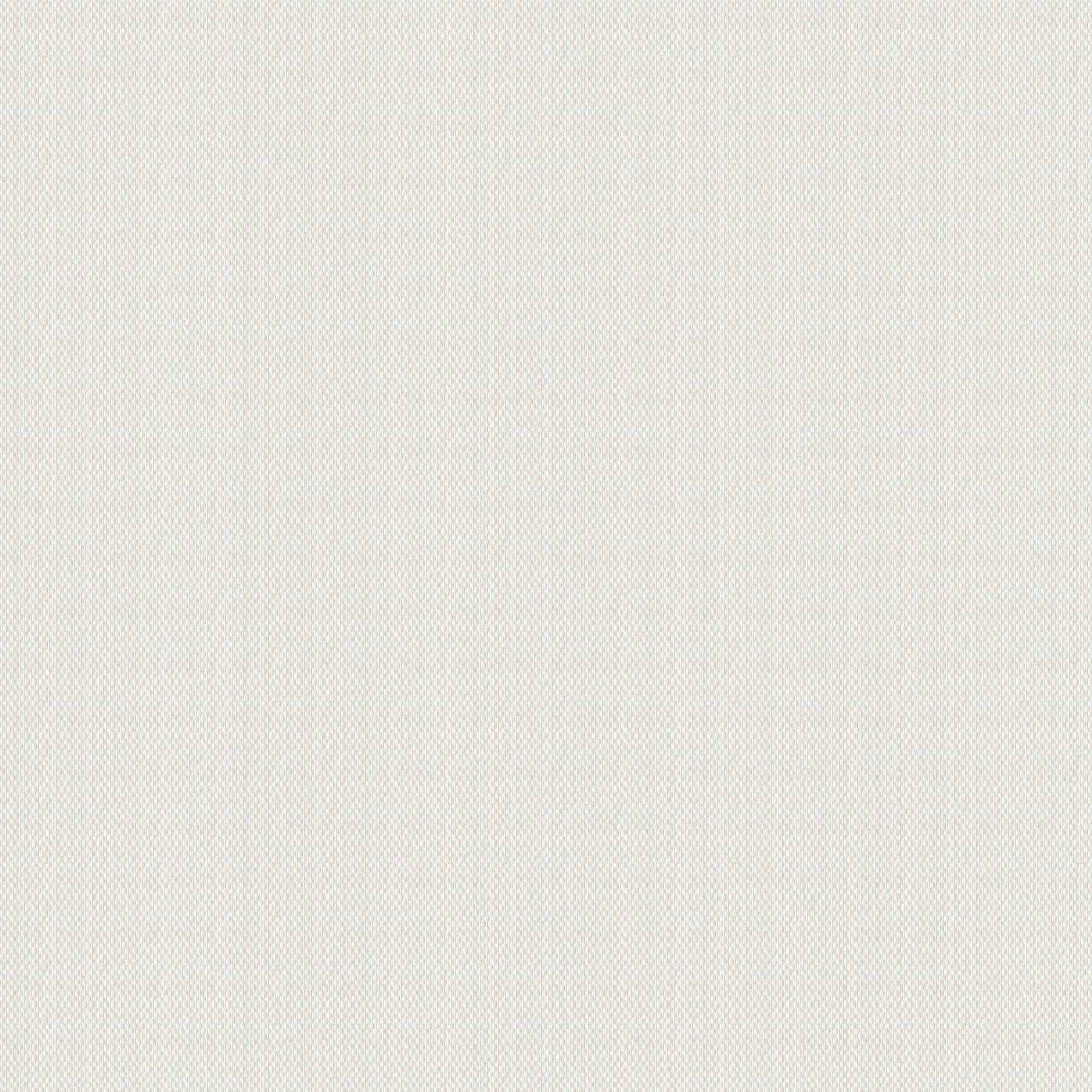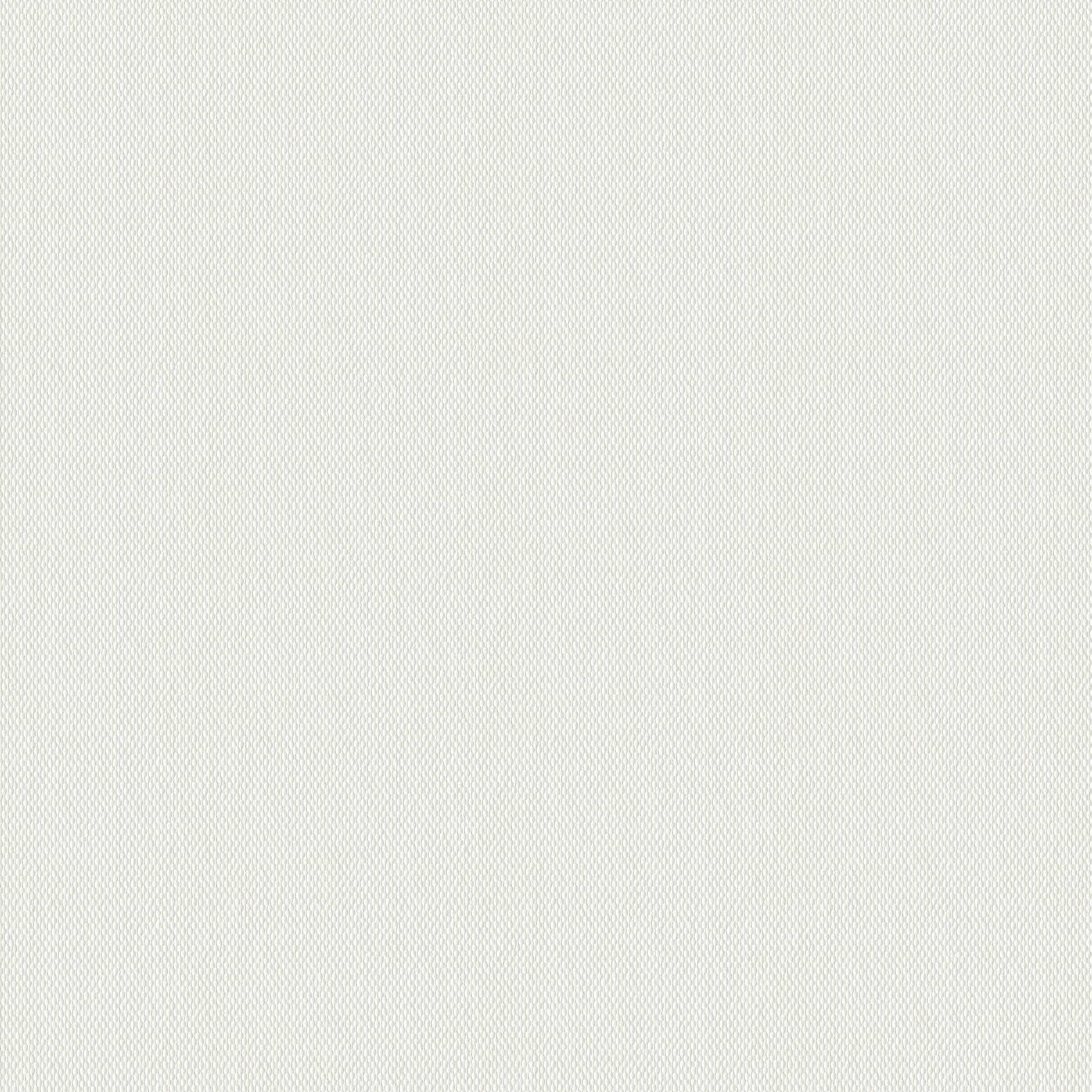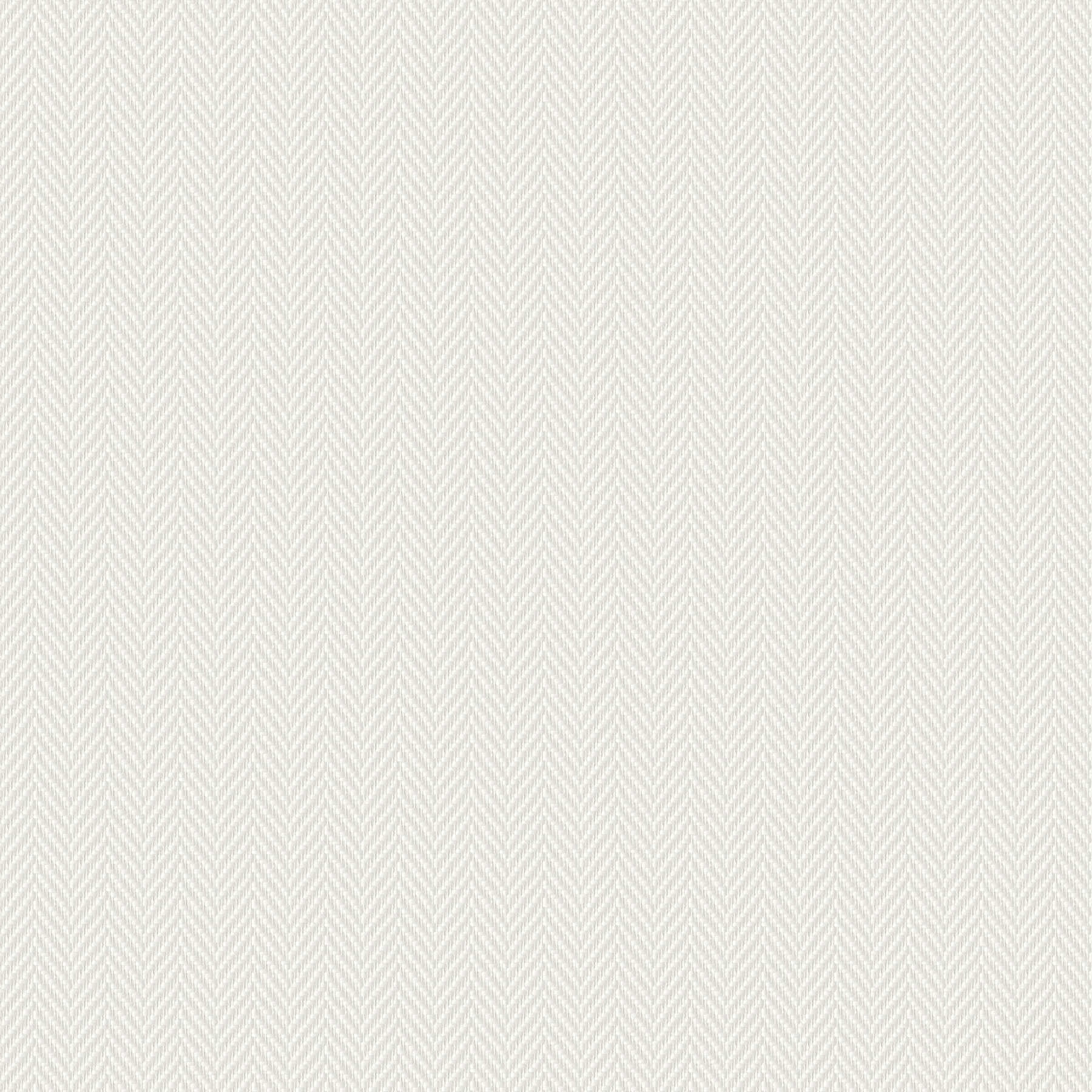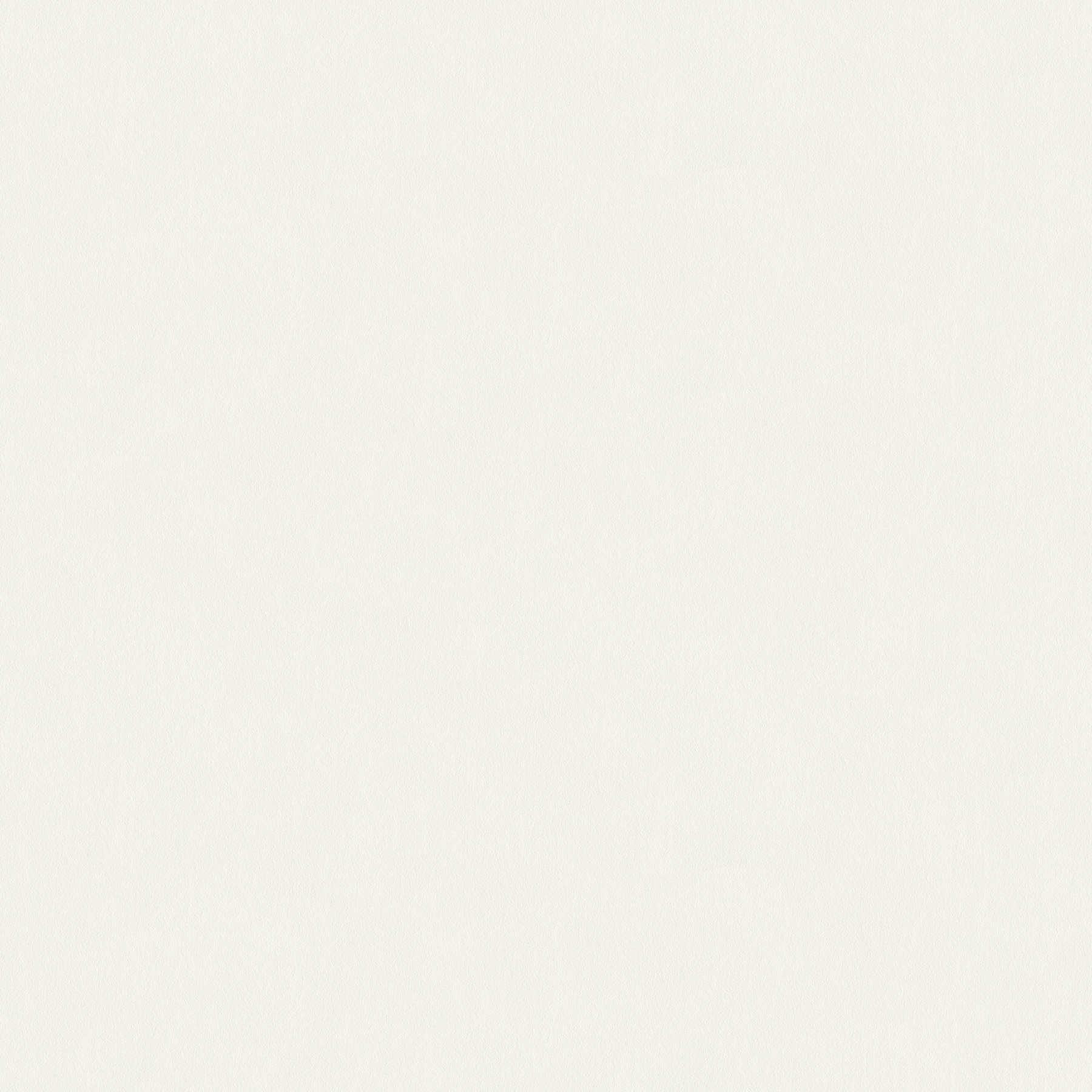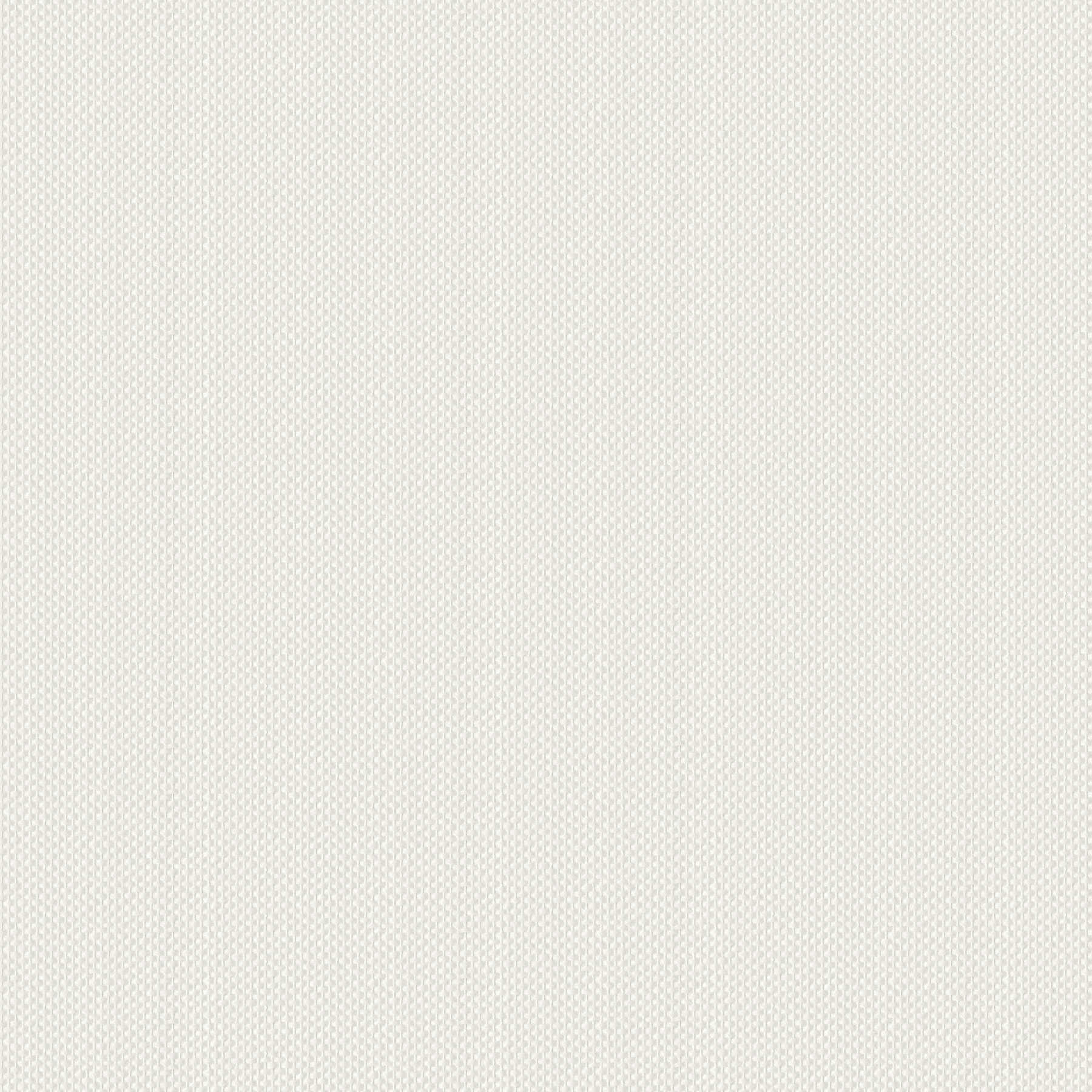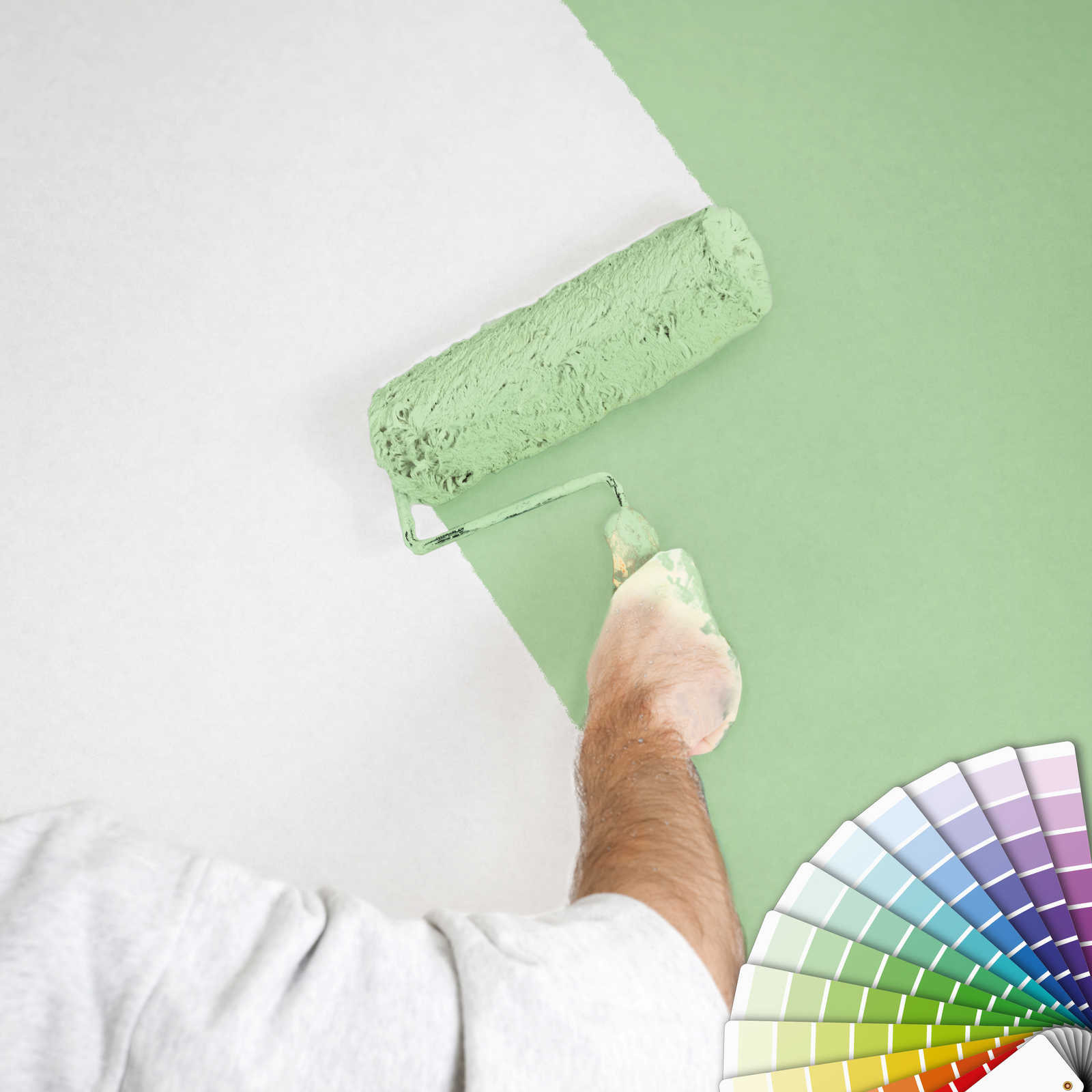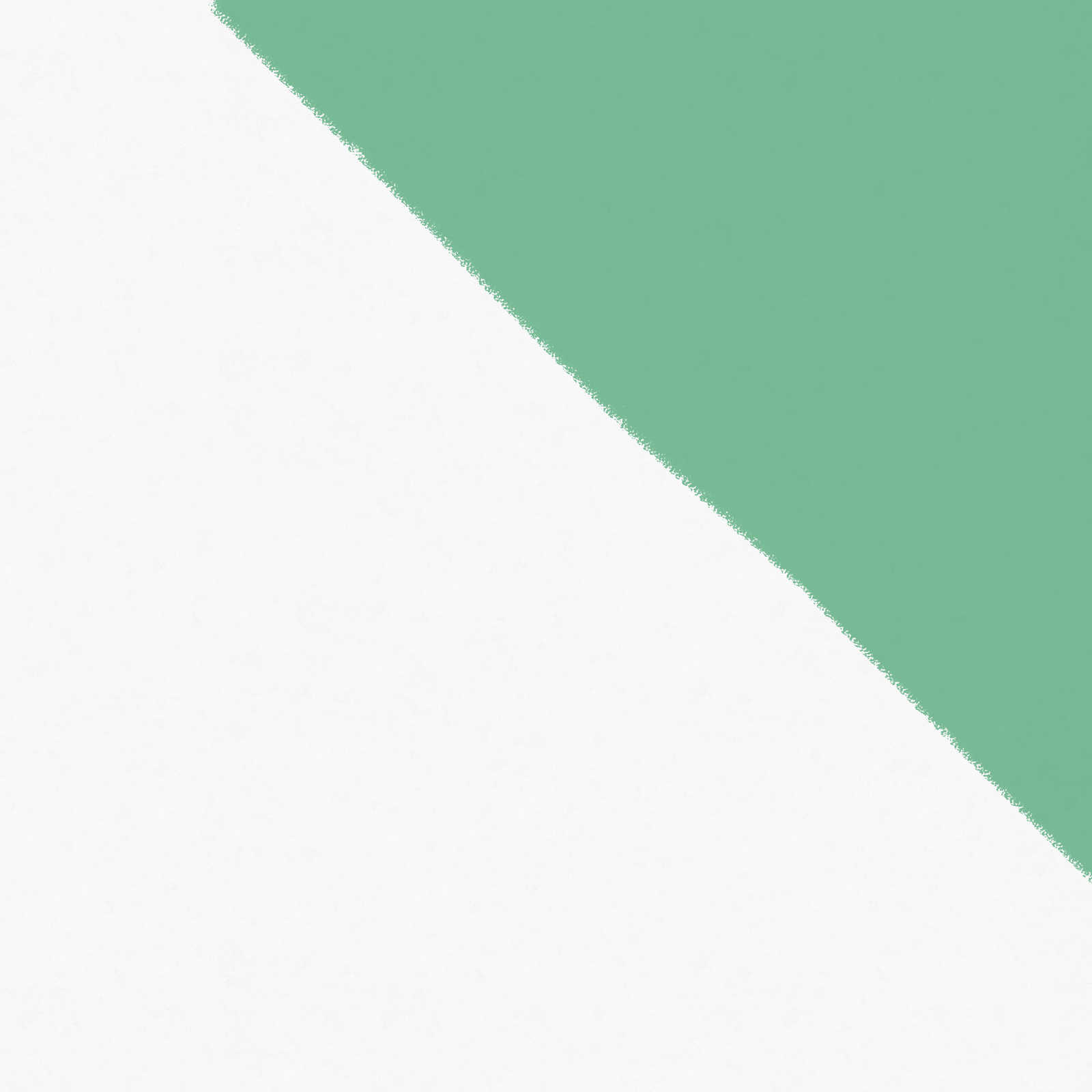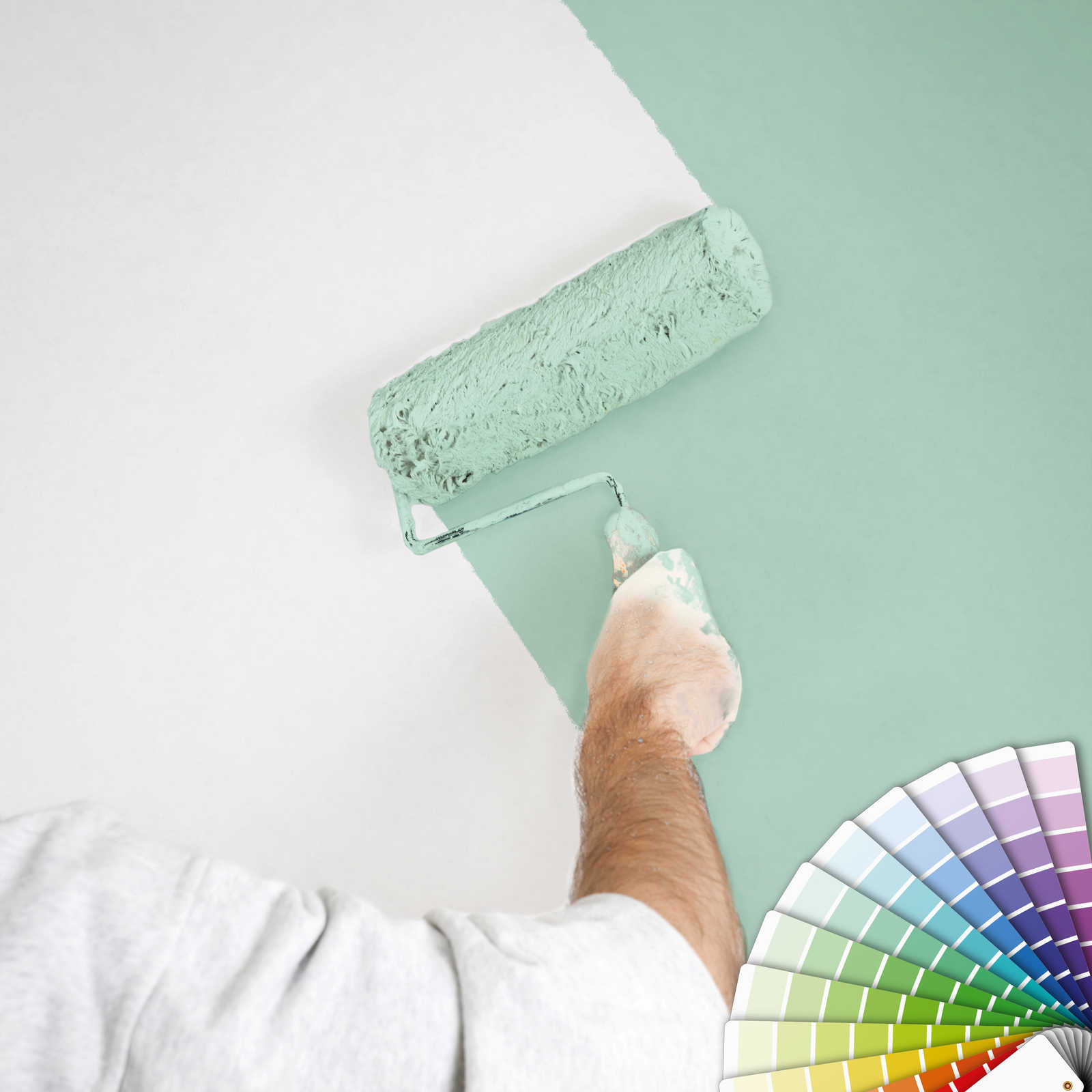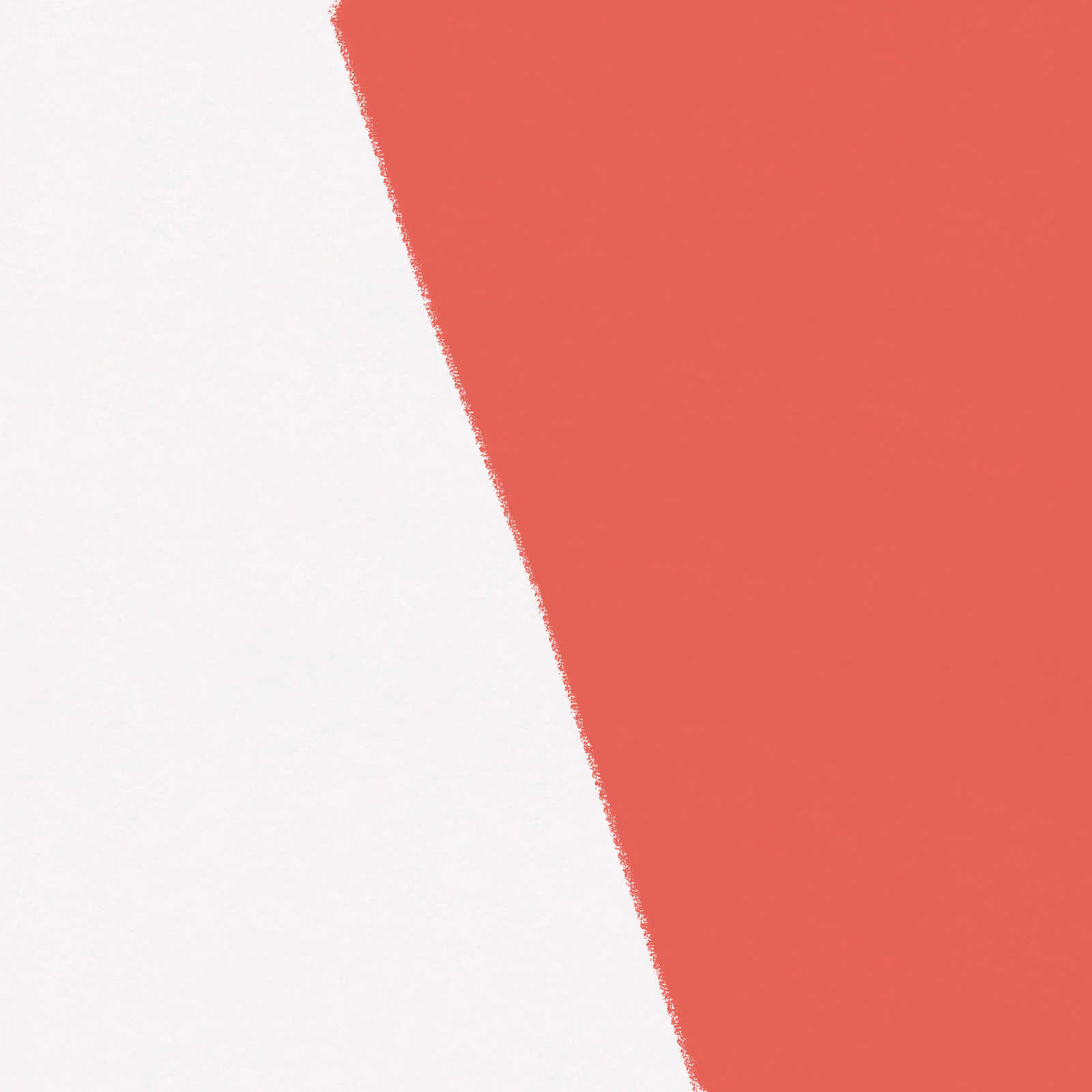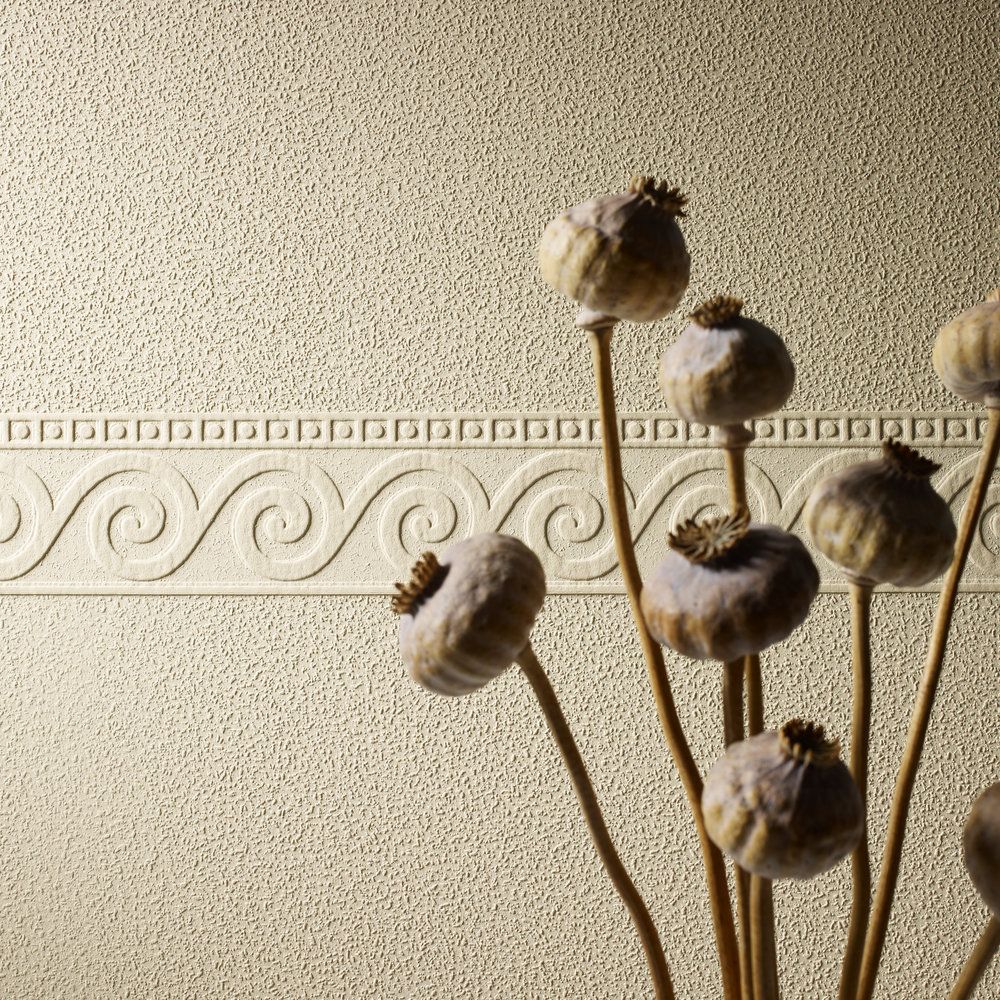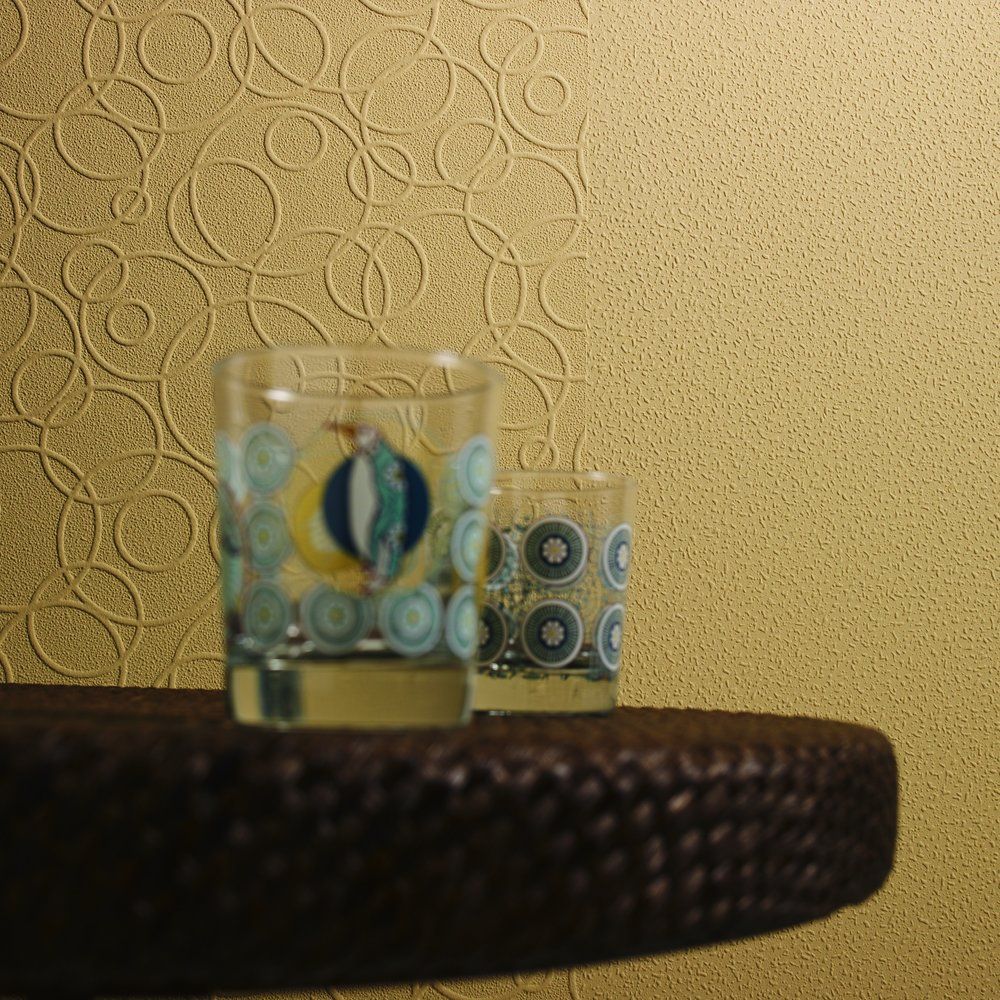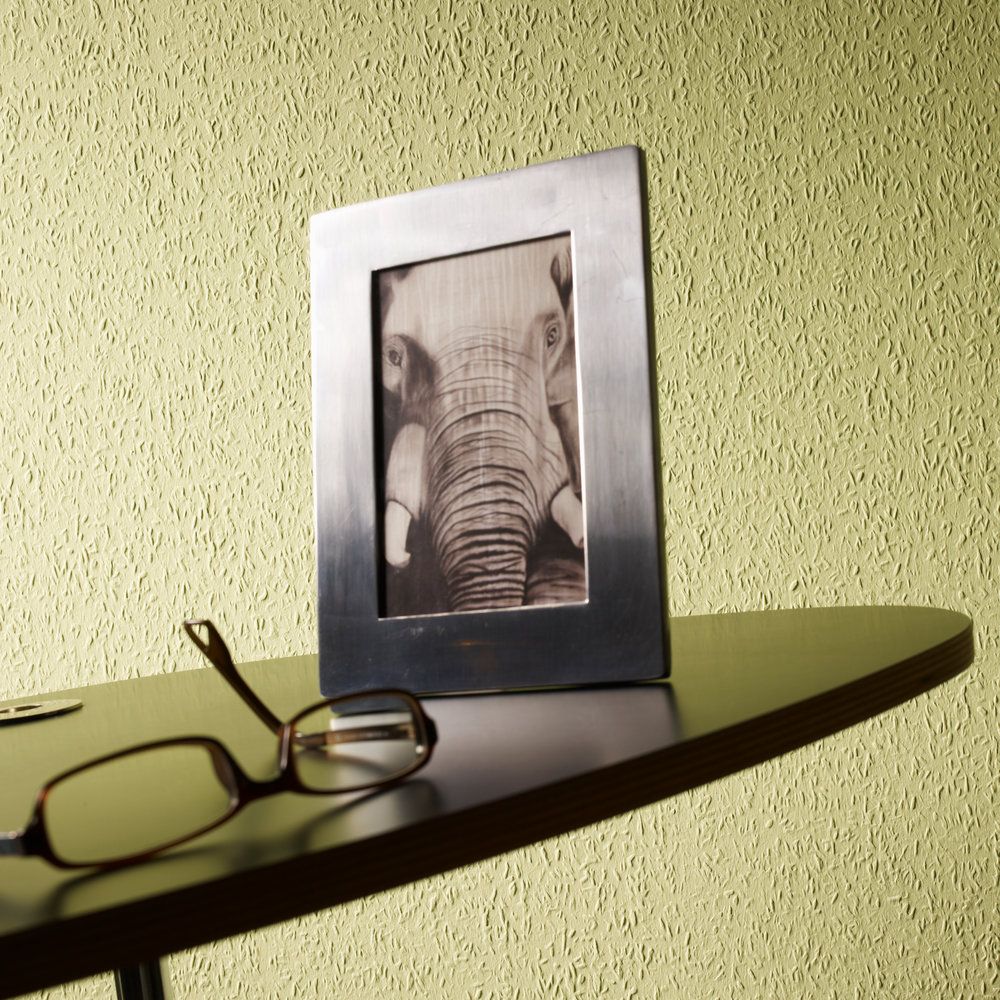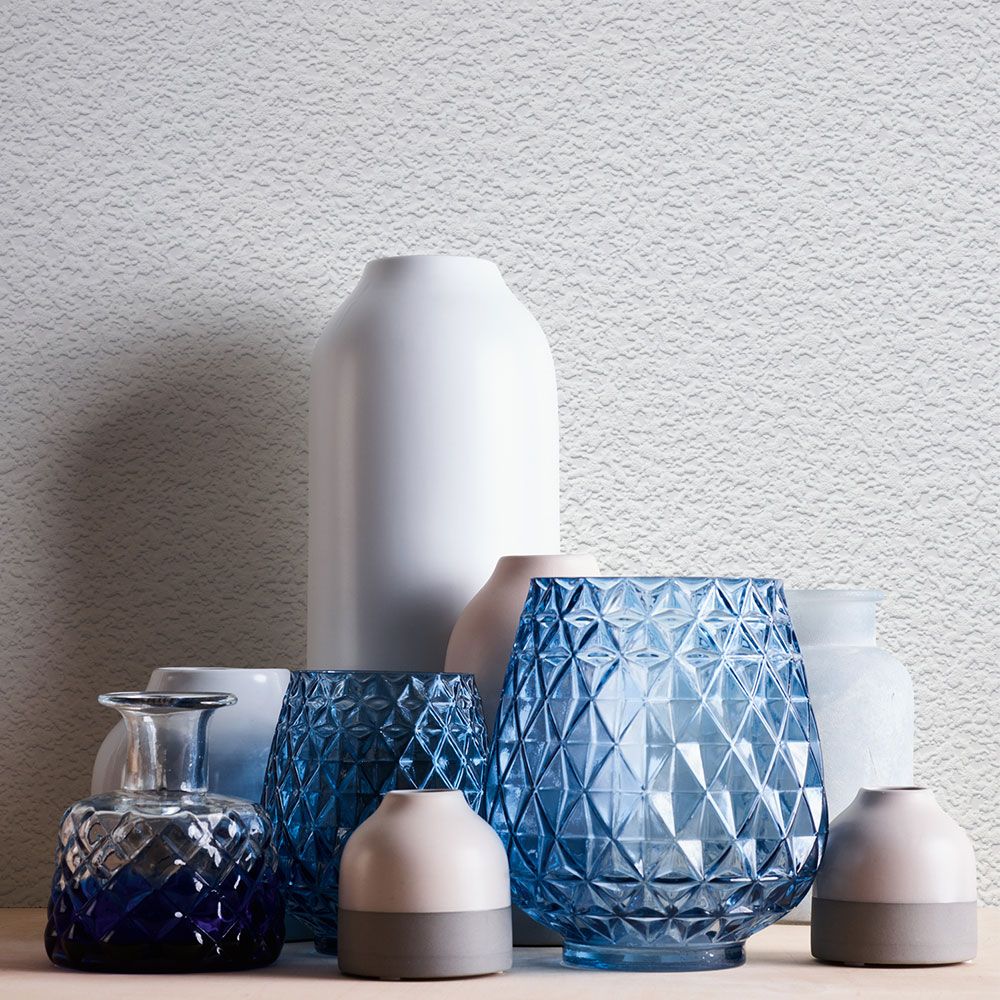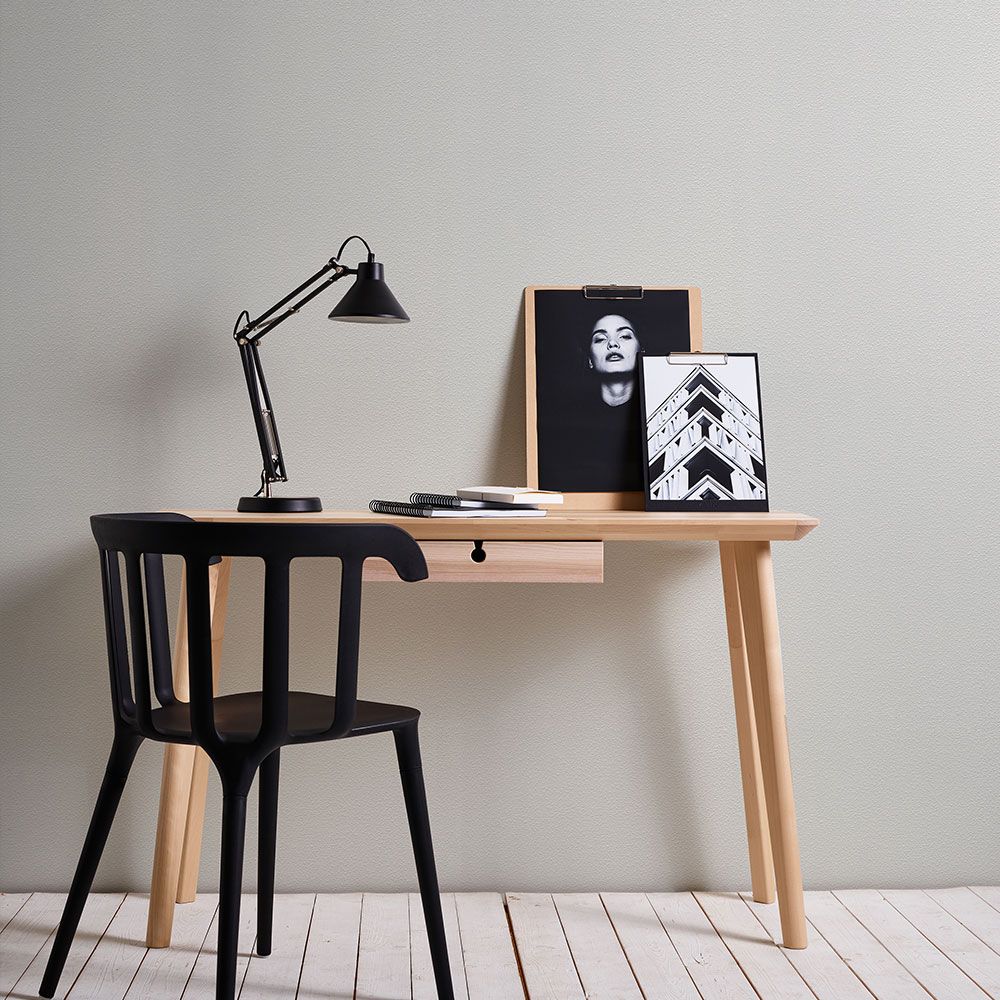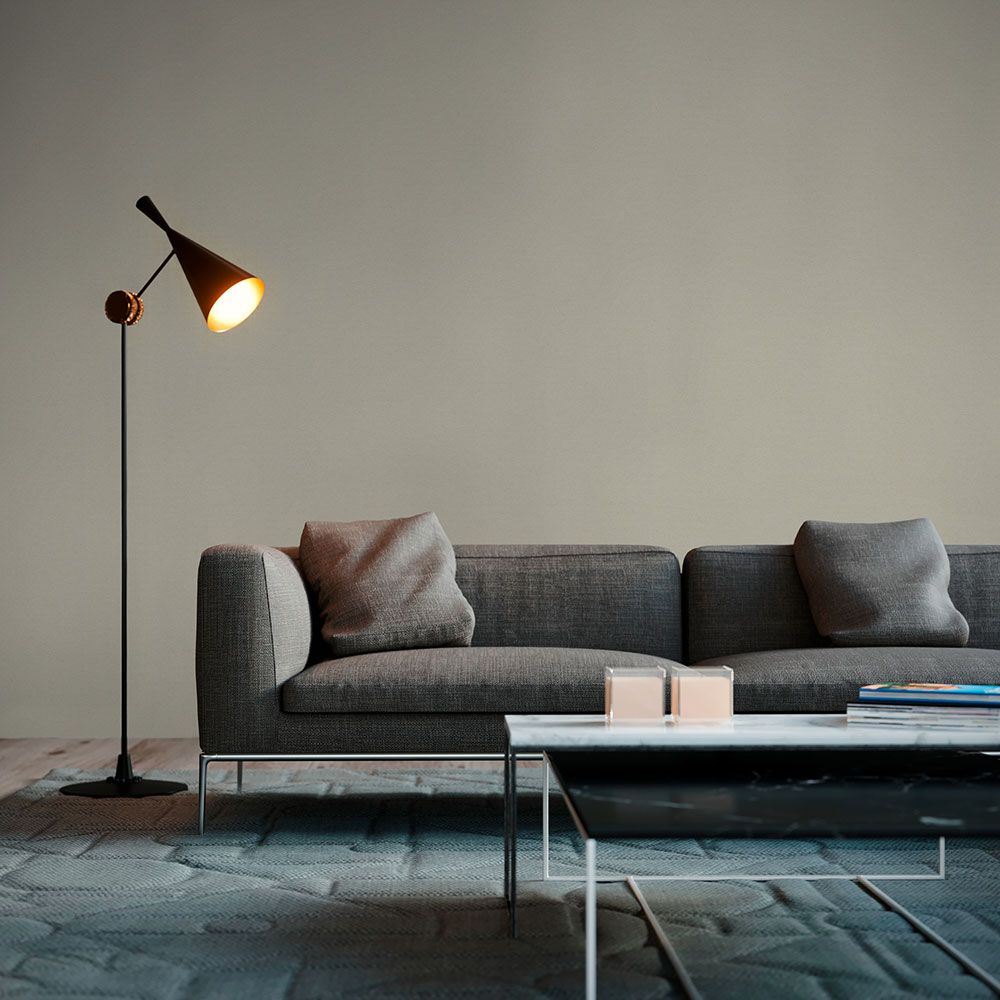Woodchip wallpaper: everything you need to know!
In this blog post, we would like to answer any questions you may have about woodchip and give you a bit of an overview of the facts, tips and tricks and offer some alternatives to classic woodchip. Hopefully, you’ve heard of non-woven wallpapers, haven’t you? Non-woven wallpapers are sh*t hot. They are very easy to put up on your walls and then remove again when you want to renovate your home. But more on this later, okay? First of all, let’s tell you more about classic woodchip wallpaper.
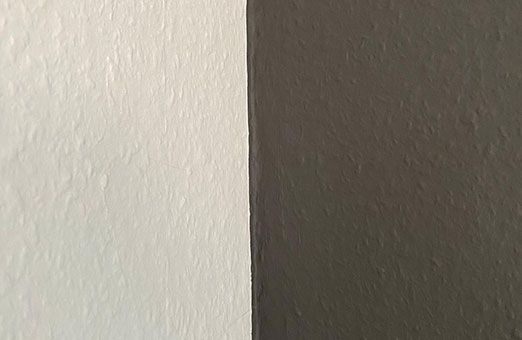
What is woodchip wallpaper, and who invented woodchip wallpaper?
Woodchip is one of the many types of wallpaper available. It has an uneven texture and a rough surface, as the name suggests.
It was invented by pharmacist Hugo Erfurt (1834–1922). To be precise – in 1864. That’s a very long time ago.
Initially, woodchip wallpaper was designed to be a decorative paper for shop windows and a base paper for glue print wallpapers. In the 1920s, this type of wallpaper also became very popular for interior design purposes, too.
Listen up, here’s a very cool bit of info:
- Woodchip wallpaper consists of 3 layers of paper into which wood fibres are integrated. This gives them the surface that we know.
- Depending on the size of the grain of the wood fibres, fine, medium or coarse surfaces are created.
- Components: 90% recycled paper
- Adhesion: Paste technique
- Soaking time: 10-15 minutes
- Tools: Wallpapering brush, wallpapering roller, seam roller
- Other: must be painted over

Woodchip wallpaper & woodchip look wallpapers
We will present you with the differences and benefits of the types of wallpaper and give you tips on the selection, processing and design of this classic wallpaper.
Anyone who knows about wallpaper will immediately think of woodchip wallpaper. Some people love the simple design of this classic wallpaper, and some think that wall hangings of this kind are simply functional. Without a doubt, this popular wall covering is certainly a timeless design that can be designed, mixed and matched with great versatility.
Whereas classic woodchip wallpaper is made with paper & wood fibres, there are also wallpapers with a woodchip look with a paper or non-woven backing. Wood is not used in woodchip-look wallpapers; they deceptively imitate the texture of wood fibres using foam paints and textured embossing. Visually, there is barely any difference between the two wallpapers; however, the materials they use have special characteristics which are key when selecting the right wallpaper:
Direct comparison
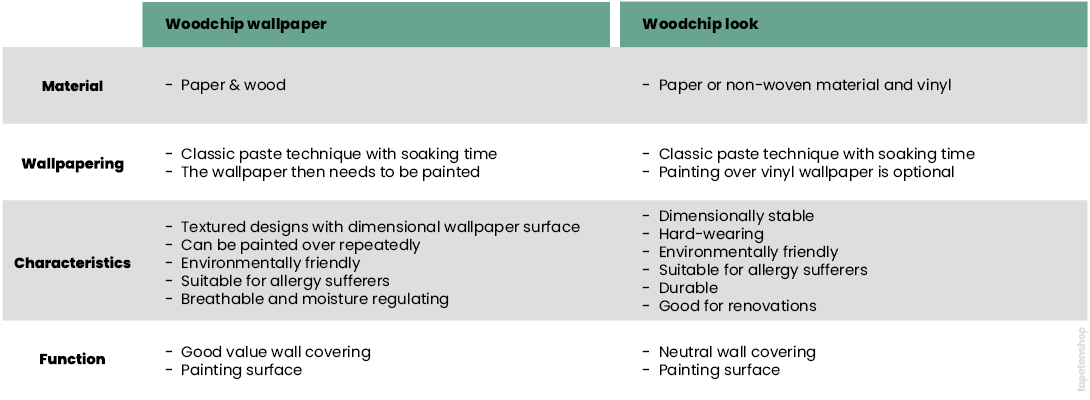
Which advantages do woodchip wallpapers offer?
They are particularly environmentally friendly and safe for humans. The recycled raw material of paper and the wood used are environmentally friendly, renewable raw materials. The wallpaper is breathable and has a moisture regulating effect in the room, thereby supporting and improving the room’s climate.
As woodchip wallpapers can be painted over repeatedly after they have been hung, these wallpapers are a popular all-rounder and are frequently used in rented flats and offices. The neutral design works well with almost any interior style and can be painted either plain white or any other colour based on your individual choice. Classic woodchip wallpaper is painted using solvent-free emulsion paint.
Which advantages does woodchip-look wallpaper have?
The answer to this question primarily depends on the type of materials being used. That’s because woodchip-look wallpaper is available as paper wallpaper with an embossed texture and as non-woven wallpaper with a vinyl surface with a foam structure.
That’s why woodchip wallpaper is both popular and unpopular at the same time:
woodchip wallpaper can still be found in plenty of homes – whether on the walls or ceiling. They are a frequent and popular choice as the purchase costs for these wallpaper are low, they are easy to process and they are also robust and environmentally-friendly. Woodchip wallpapers can be painted over repeatedly and they don’t lose their texture.
But plenty of people have had enough of this popular surface, and smooth walls look much more modern, isn’t that right? This wallpaper offers very few design options, because it is better not to wallpaper over woodchip wallpaper, because this will not give you an optimal wallpapering result.
Have you ever tried to remove woodchip wallpaper? Ugh, that’s a sport in itself.
But if you do need to do this, here you will find a few tips on the easiest way to remove this wallpaper:
- The best way to remove woodchip wallpaper is with moisture, so get yourself a bucket with some hot water and liquid detergent, or perhaps a wallpaper remover.
- You can now wet the wallpaper using a large sponge or a broad brush
- If the wallpaper has absorbed enough water, you can scrape it off the wall with the help of a spatula
- If the wallpaper is too stubborn or you notice – aargh – that wallpaper has been hung layer upon layer, then a spiked roller may help. Before wetting the wallpaper, you can roll this over it – it will create small holes, and the water will be absorbed more effectively. Alternatively, you can also work with a cutter: but you need to be more careful!
- Before wallpapering, you should wait until your walls have dried out!
- Before getting started, you should cover the floor to save yourself unnecessary work tidying up.
Woodchip-look paper wallpaper
This type of wallpaper imitates the style of woodchip wallpaper with an embossed pattern that gives the wallpaper its dimensional character. Like classic woodchip wallpaper, it is made of recycled paper but does not use wood as a raw material. The backing paper is environmentally friendly and good for the room environment, as it is penetrable and supports air moisture exchange. Paper wallpapers do not need to be painted after wallpapering, thus saving a second work process.
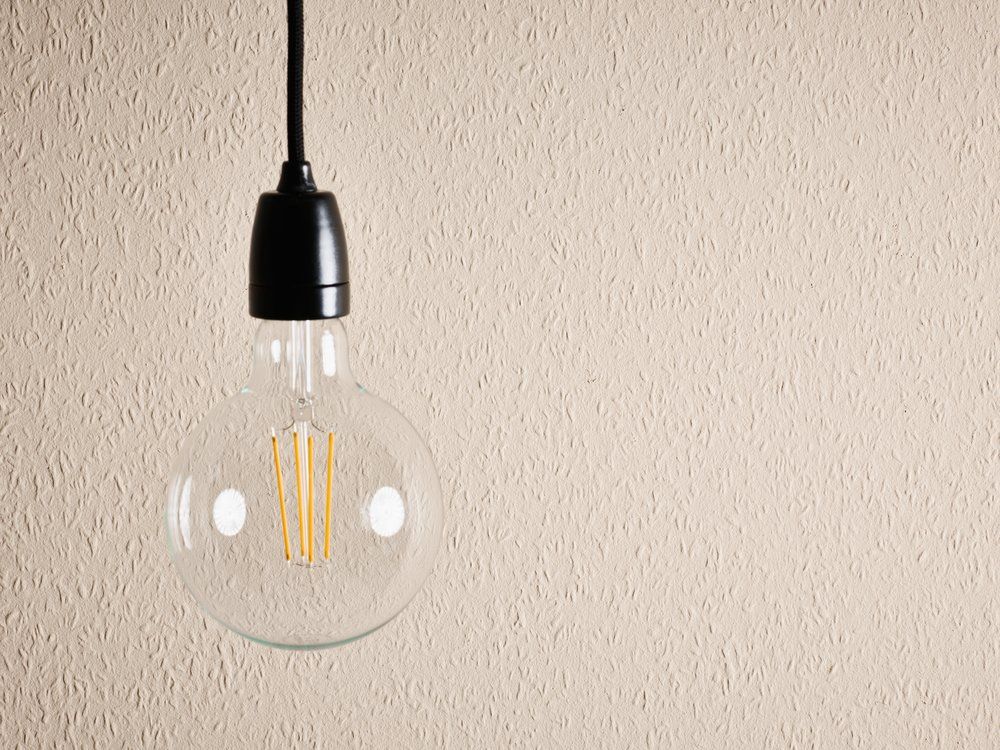
Non-woven wallpapers with a woodchip look
They consist of a dimensionally stable non-woven backing material and a vinyl surface that has a robust foam structure, emulating the typical woodchip design. The benefits of these wallpapers consist of the processing of the materials, as non-woven wallpapers are hung using the paste-the-wall technique. There is no soaking time required. Simply paste the wall, press on the wallpaper, let it dry – finished. Non-woven wallpapers do not warp and can be pasted seamlessly on joint. That’s why wallpapering is also simple for beginners and those without any practice and quickly achieves a clean result.
Non-woven wallpapers are robust, light resistant and resistant to washing. They do not fade, withstand light impact, and, if needed, any soiling can be cleaned off. This means that they can be used anywhere where long-lasting wallpaper is required, such as in kitchens, offices and hallways.
The practical non-woven backing has another advantage compared with paper, as non-woven wallpapers can be very simply removed from the wall during renovation work, with no need to spend time scraping it off.
Woodchip non-woven wallpapers are available in neutral white or colourful trendy colours, and they do not need to be painted afterwards. As an alternative, paintable versions can be used and individually designed.
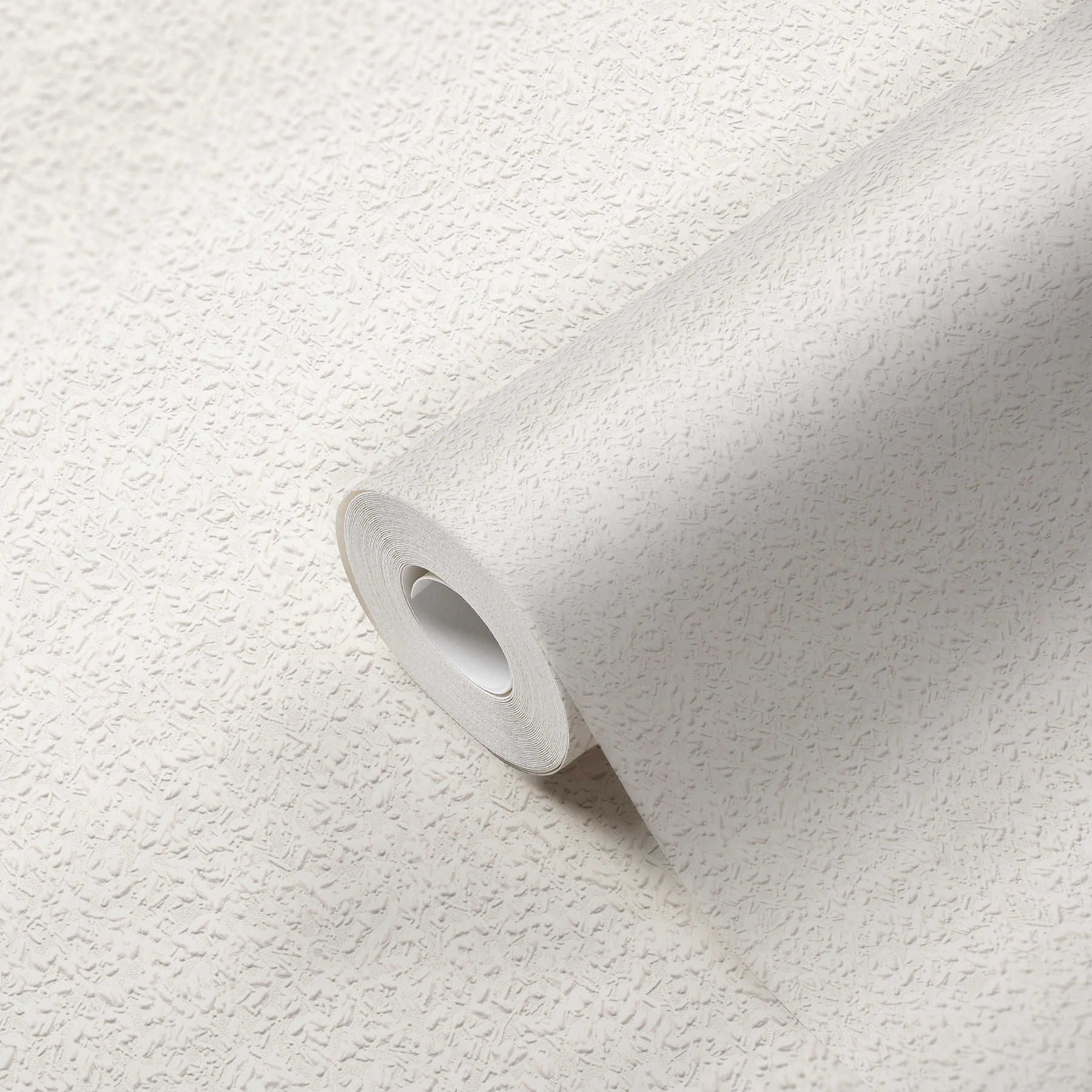
Instead, choose non-woven wallpapers or the following alternatives:
That’s because non-woven wallpapers are child’s play to hang using the paste-the-wall technique and can be removed dry with no residues. You can simply peel them off – no soaking or scraping required.
Which one is right for your wallpapering project:
The type of wallpaper you choose depends completely on what your requirements for the wallpaper are. Both versions provide you with a neutral wall design that you can design individually and which sets the stage from a decorative perspective.
Those who place particular value on environmental friendliness, are not afraid of the classic wallpapering technique and prefer to use individual colours for painting the wallpaper should opt for paper wallpaper. Paper wallpapers require more expertise for wallpapering, are therefore better value for money and are more environmentally friendly.
They are used a lot more frequently in homes in older buildings, in utility rooms or in the living spaces of people with allergies.
Woodchip-look non-woven wallpapers are quicker to hang and usually do not need to be painted on as well. Not only are they simpler to use, they also offer a clean solution the next time you want to change your wallpaper when the wallpaper can be easily removed. Paintable variations are just as flexible as paper ones and can be painted over several times.
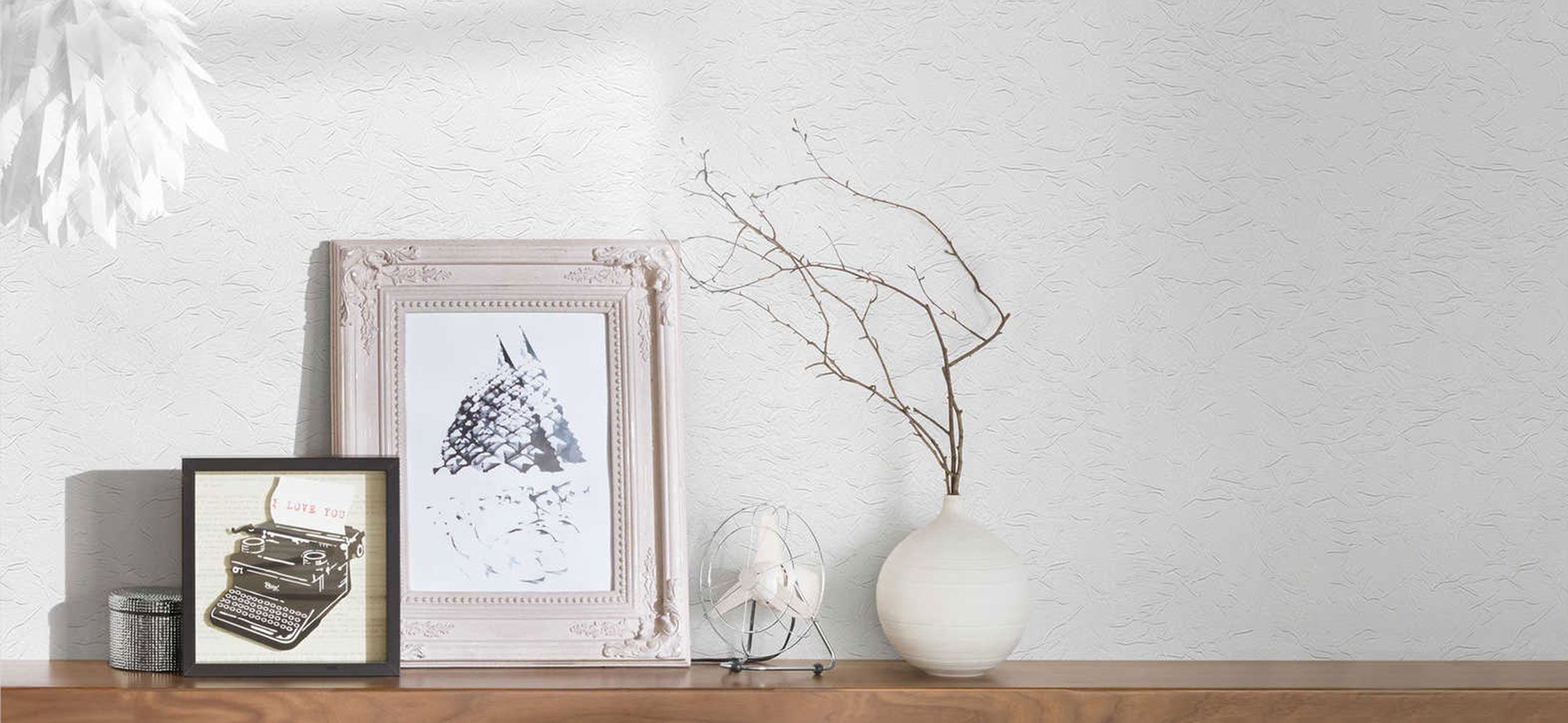
Textured effects for walls
Woodchip-look wallpapers are also included in the category of textured wallpapers, which, as the name suggests, have a surface texture. These effects can either be created through embossing or foam-like colour application.
The surface of the wallpaper provides the dimensionality of the material and gives the wall a varied texture which influences the colour perception and produces a subtle and striking pattern on the wallpaper.
In addition to woodchip wallpapers, paintable plaster-look and our 3D Meistervlies wallpaper collection (professional paintable wallpapers) with striking patterns also fall within the category of textured wallpapers.
Design classics for the living room
Almost everyone has lived with it, whether it was in their first rental flat, their office or in their own home – woodchip wallpaper is everywhere. This ubiquity makes it a go-to solution for many who are thinking of renovating.
The universal design is so popular that there are now countless versions of this wallpaper – modern non-woven wallpaper uses this decor and texture too.
Woodchip-look wallpapers combine the advantages of the existing material with the character of the wallpaper classic. You, therefore, get a wallpaper that can be used in all rooms in your home, and it is also simple to personalise and adapt to your respective style.
Neutral white remains the uncontested favourite for all commercial areas such as offices, hallways, warehouses and storage rooms. However, the woodchip-look wallpaper also retains its usual appearance in a modern living room or minimalist bedroom. It usually gets a more colourful look for children’s bedrooms; individual colours can be used here to express the tastes of these young residents. The advantage of painting over wallpaper is clear if you consider how quickly kids’ interests and styles change.
A favourite for neutral wall decor
What’s the secret of success when it comes to woodchip wallpaper and woodchip-look wallpaper? In this respect, two factors appear to have a crucial influence: the reasonable price and the timeless textured design.
Anyone who wants to design a living space cost-effectively and wants to keep the same wallpaper for a long time by painting over it will quickly find their favourite here. The discreet pattern of the textured surface looks neutral and timeless but looks more interesting than just a simple white surface. The three-dimensional texture of the wallpaper offers a discreet pattern when the light falls on it, which is emphasised when you paint over it with your favourite colour and the wall obtains a particular depth of colour.
Instead of colourful patterned wallpapers featuring trendy designs, lovers of woodchip-look wallpapers can create a neutral decor that fits with every interior design style. The wall is given an individual style with coloured paint, stencil techniques or by combining it with decor & furniture.
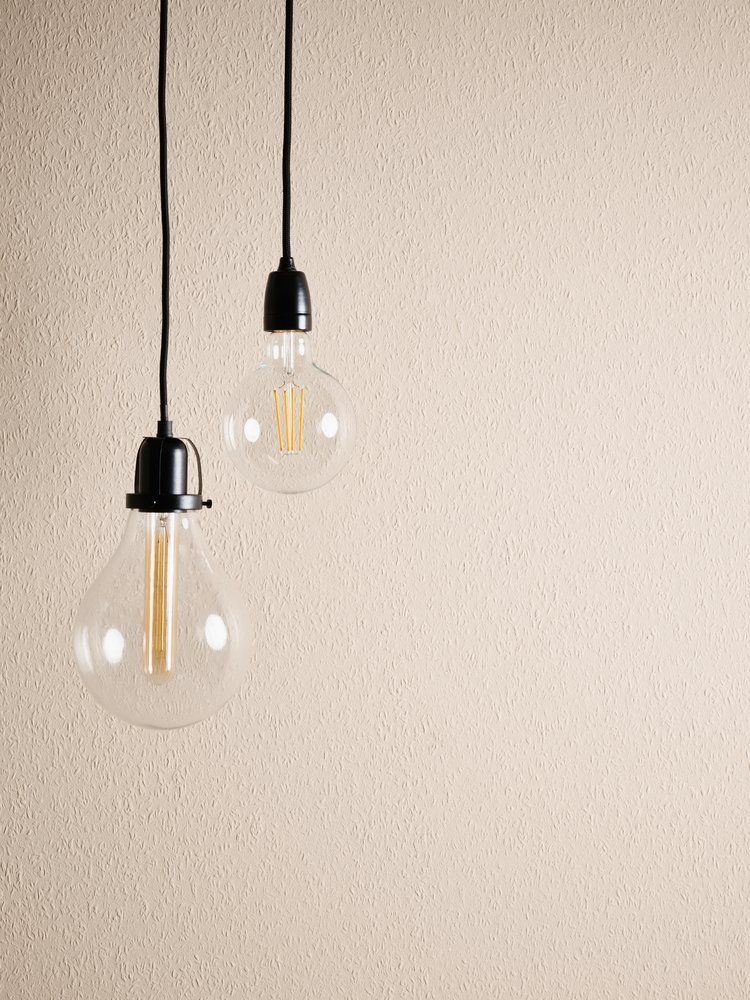
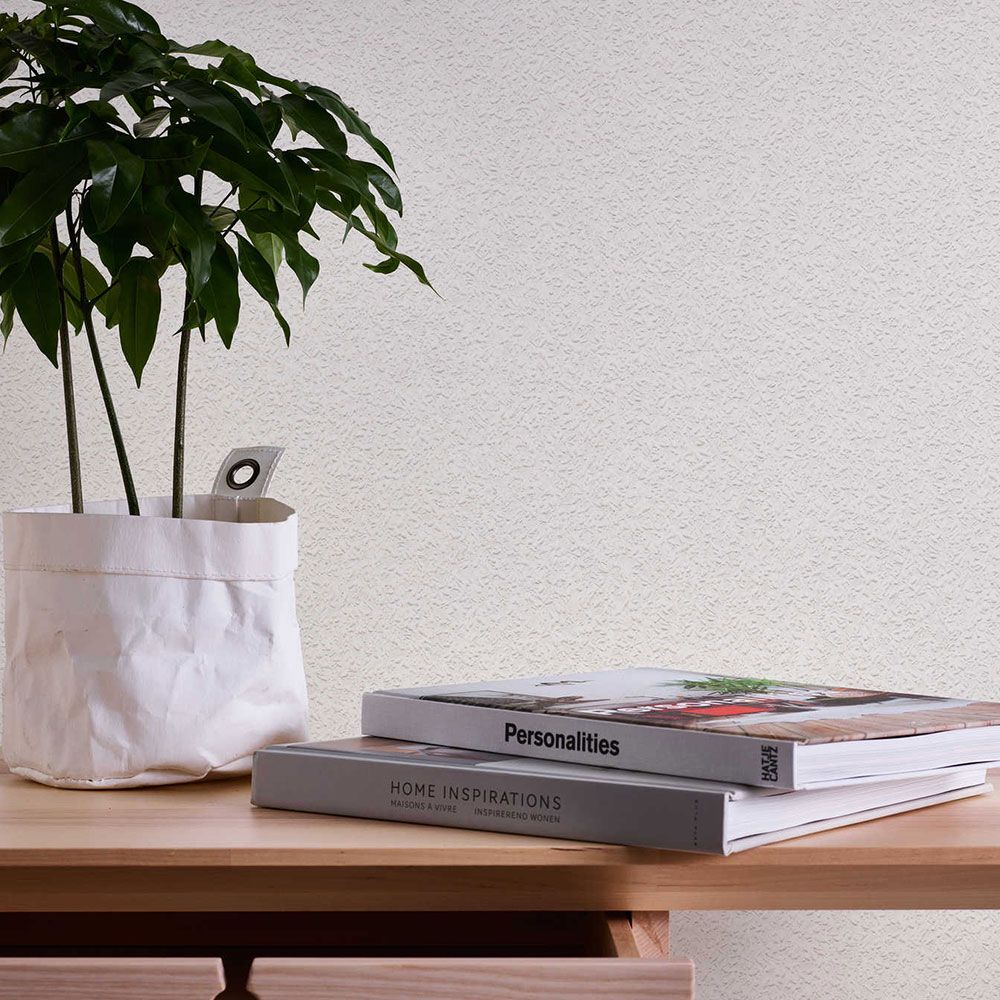
Right, well, let’s get back to the woodchip wallpaper we’ve just removed. You’ll have to dispose of it somehow...
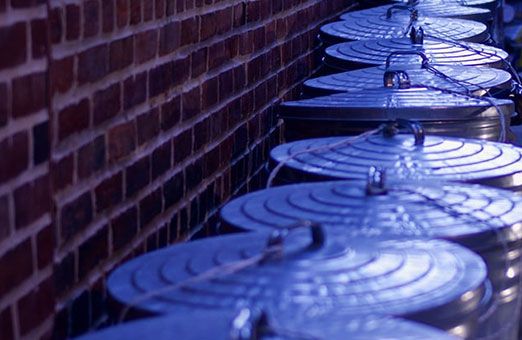
How do I get rid of woodchip wallpapers correctly?
Paper wallpapers, woodchip, non-woven wallpapers, vinyl wallpapers, satin and textile wallpapers belong in the household waste.
Please do NOT dispose of them in your paper recycling bin. This is because a lot of wallpapers are made of a combination of cellulose and synthetic fibres. They may also have surface embellishments and residues of paste on them. Used wallpapers should not be placed in the paper recycling bin.
If your rubbish bin is too small, you can also take your wallpaper to the local recycling facility. You should seek information about any costs/fees associated with this first. Some costs may apply.
If you have questions, please send us a message on Instagram. Our Instagram handle is @newwalls. Alternatively, you can send your enquiry via snail mail. No, don’t be silly – simply send us an email at service@new-walls.com as an alternative.

